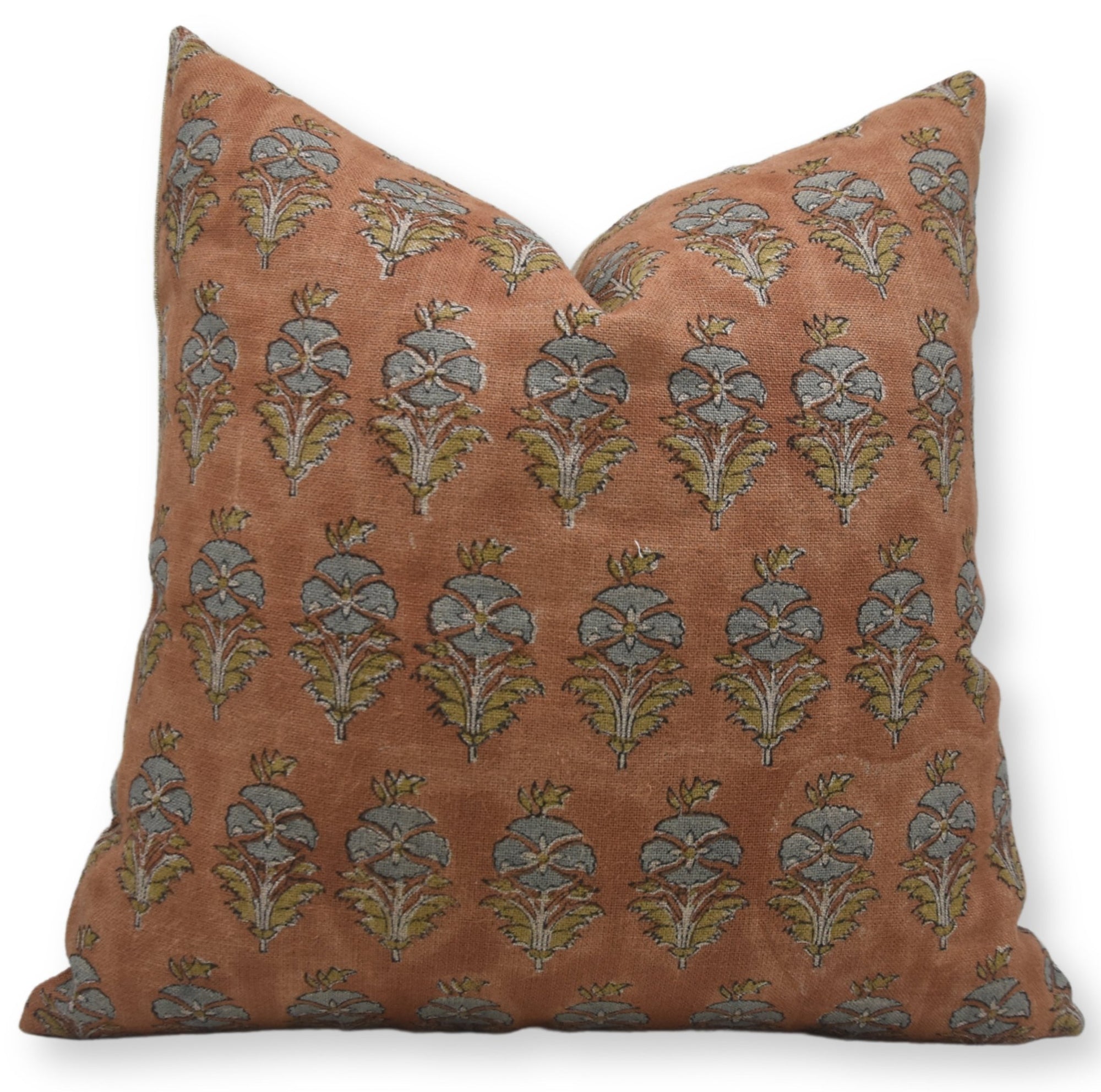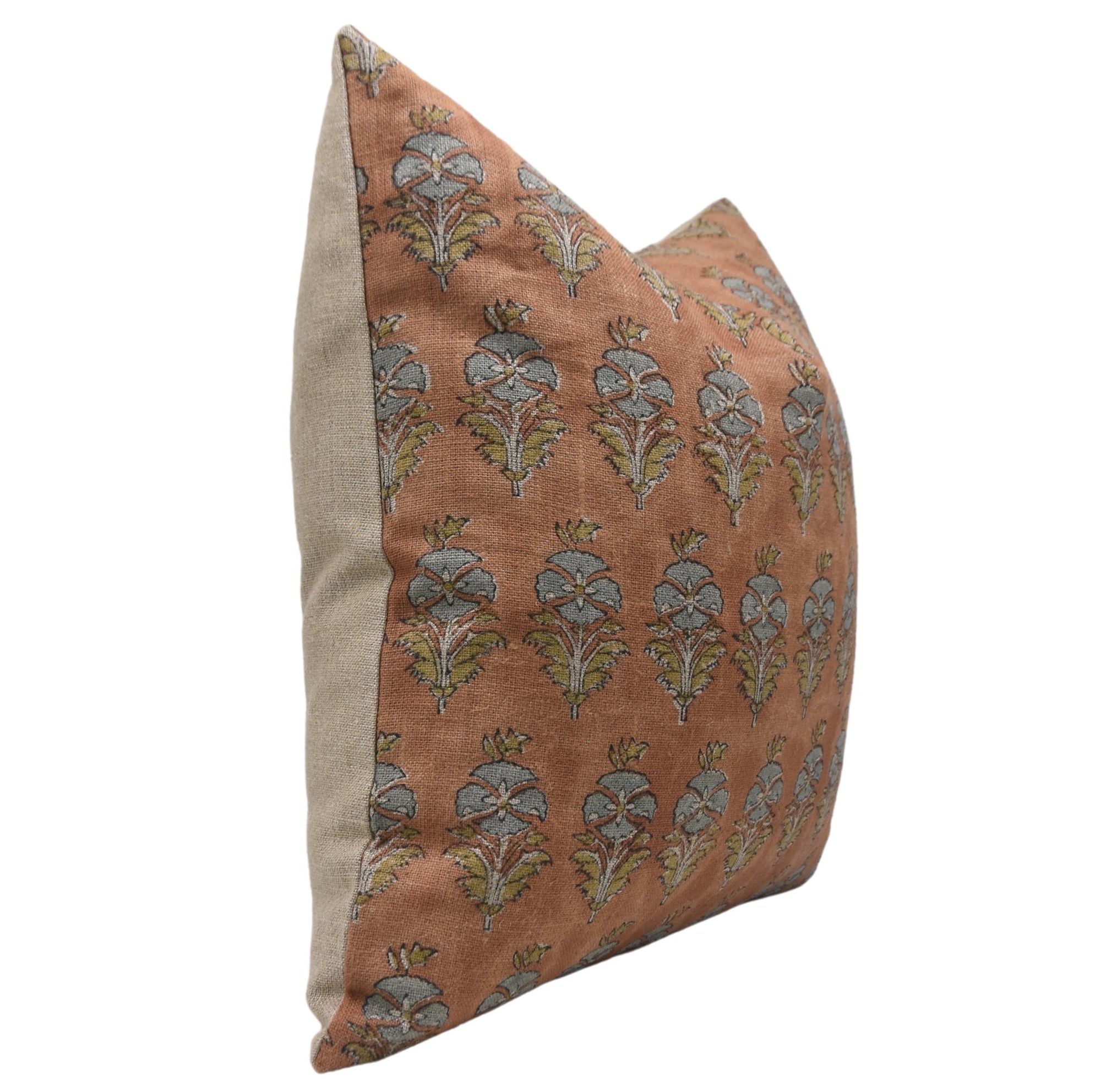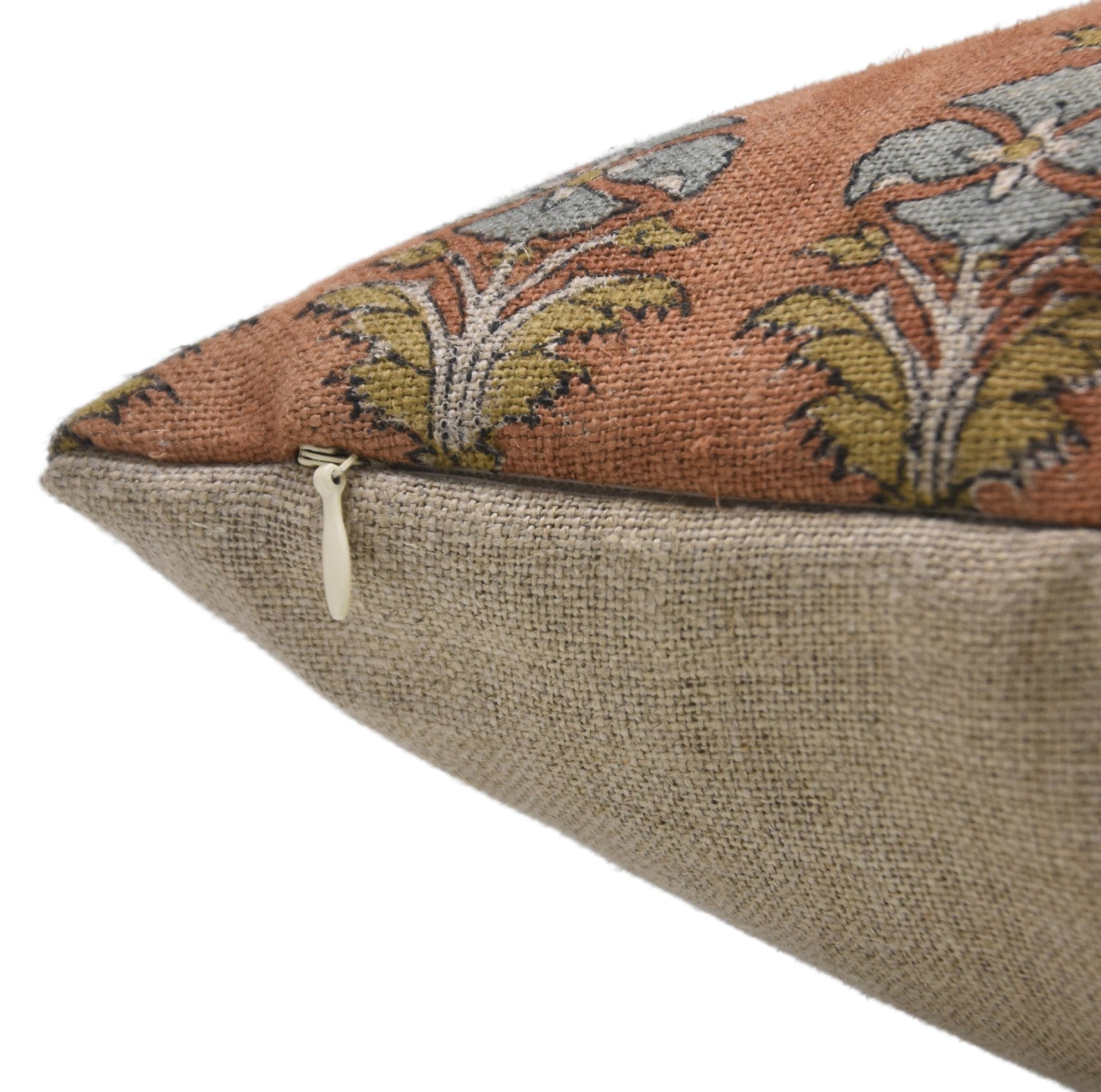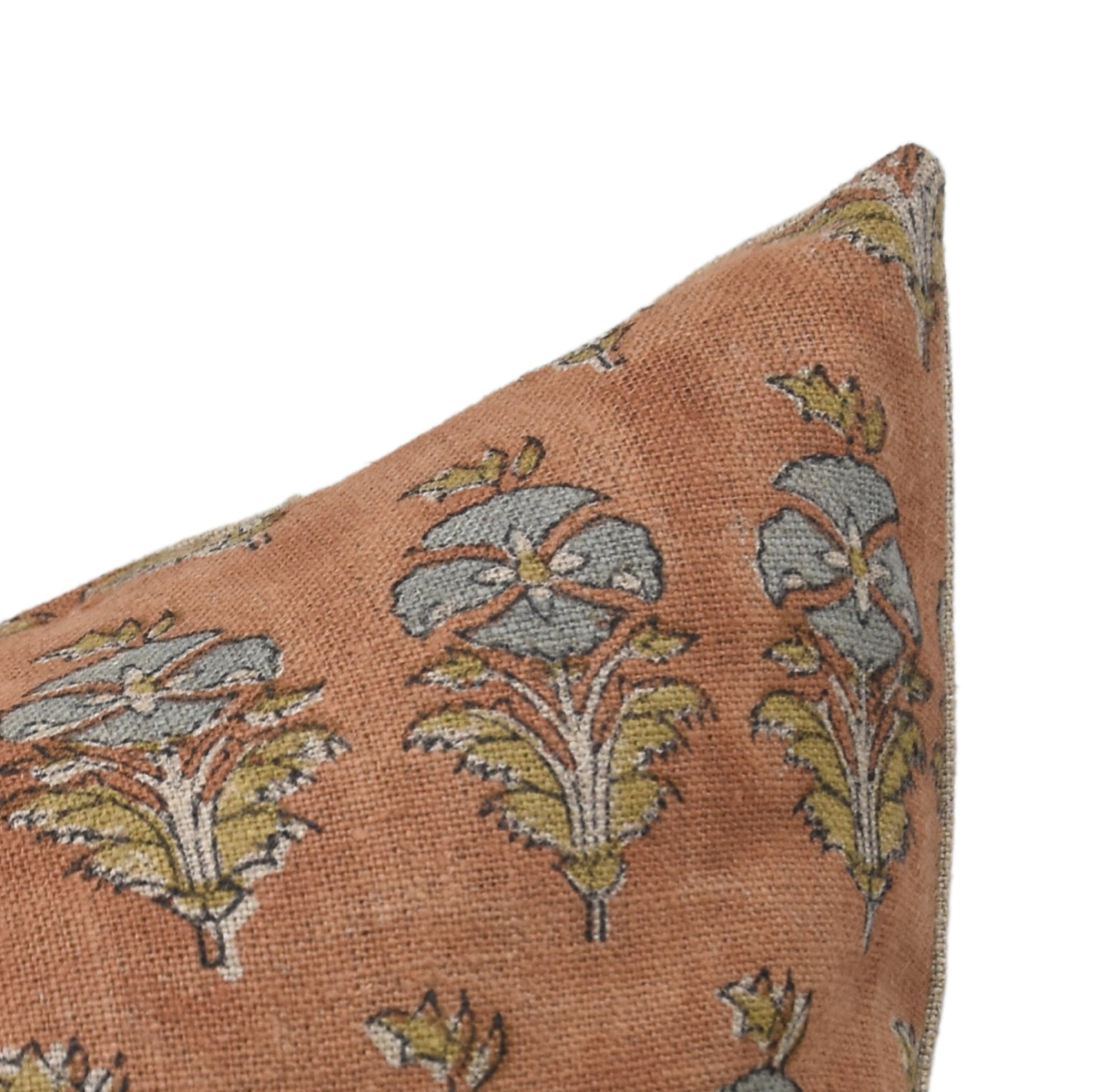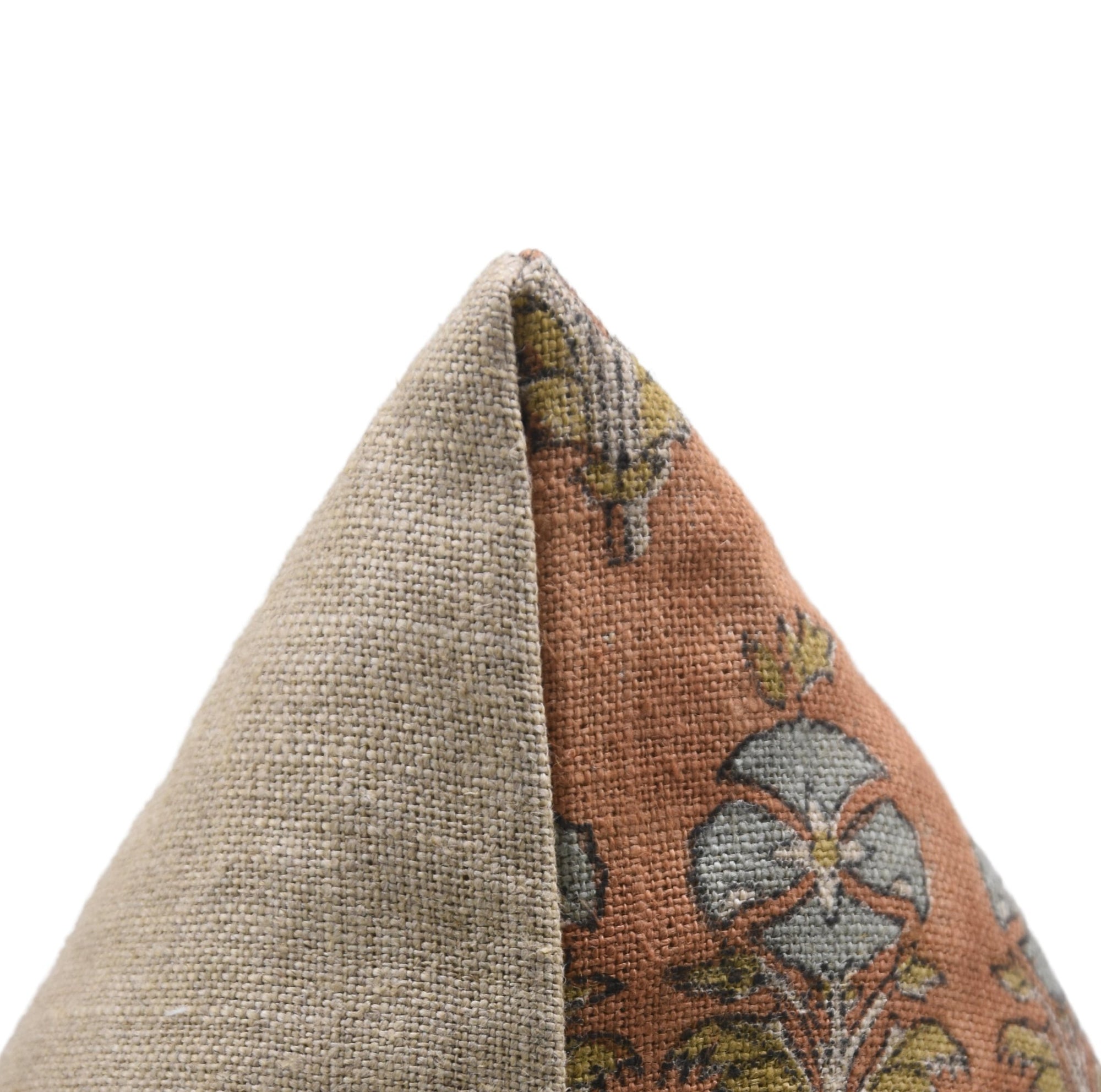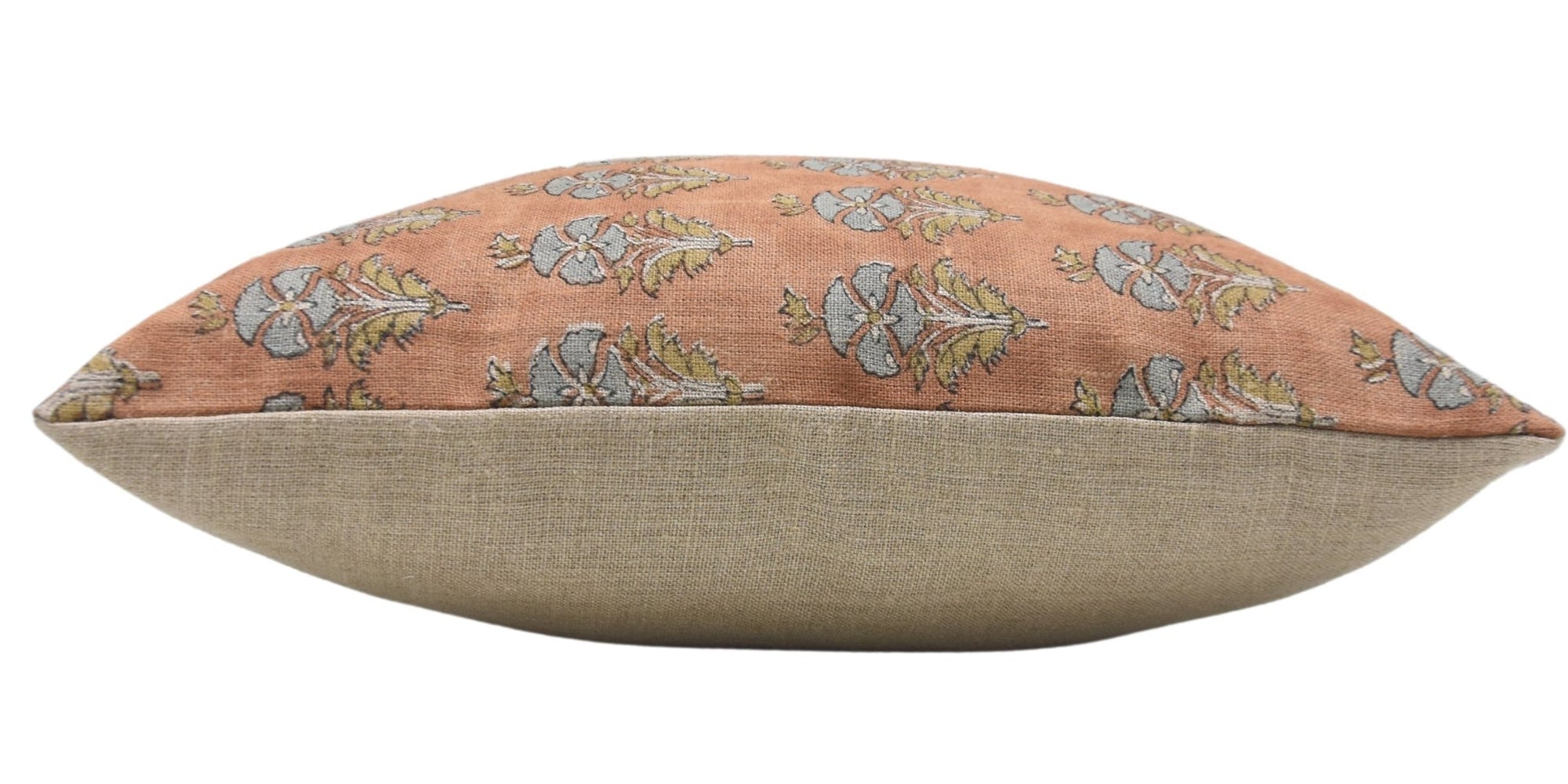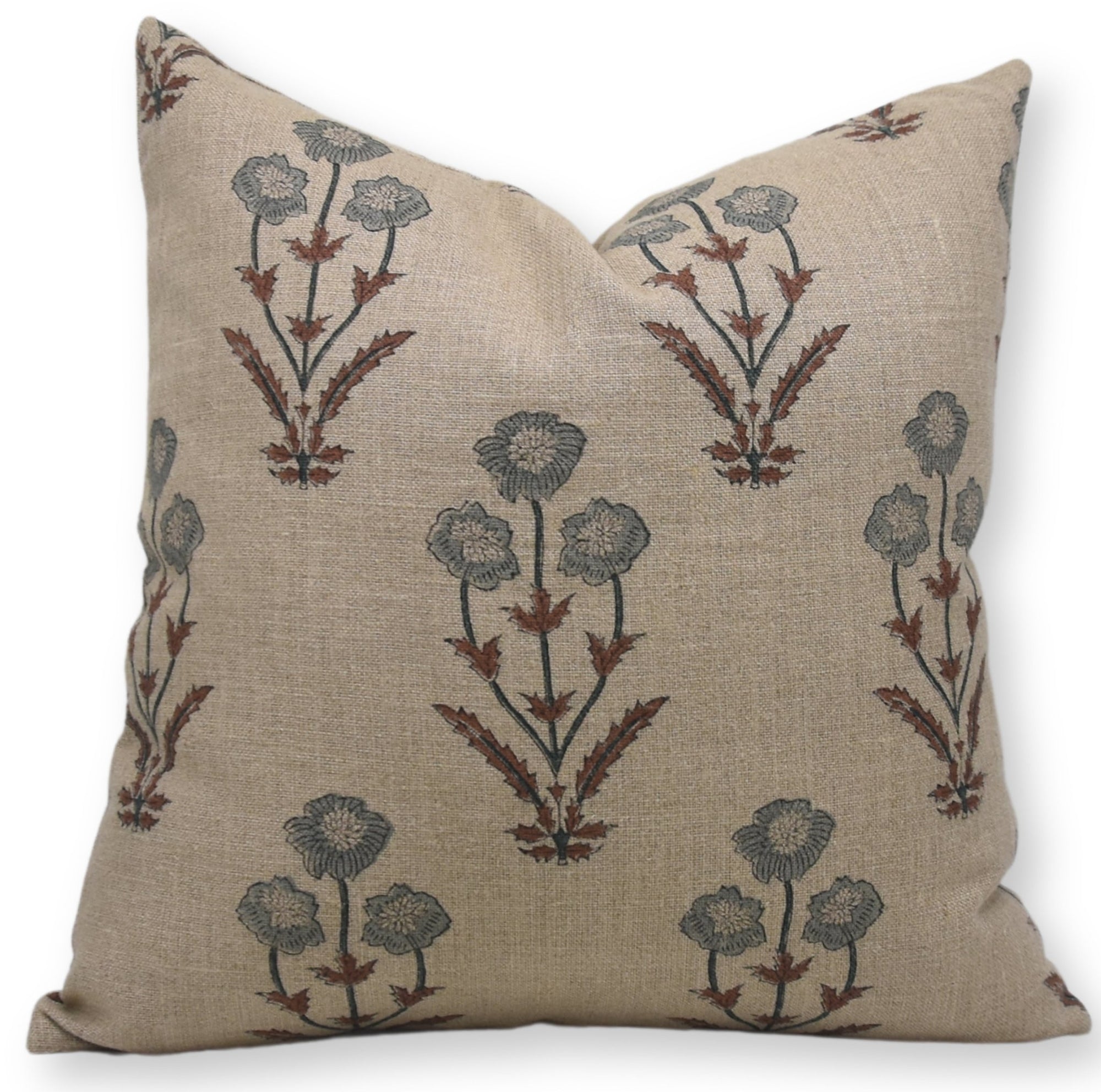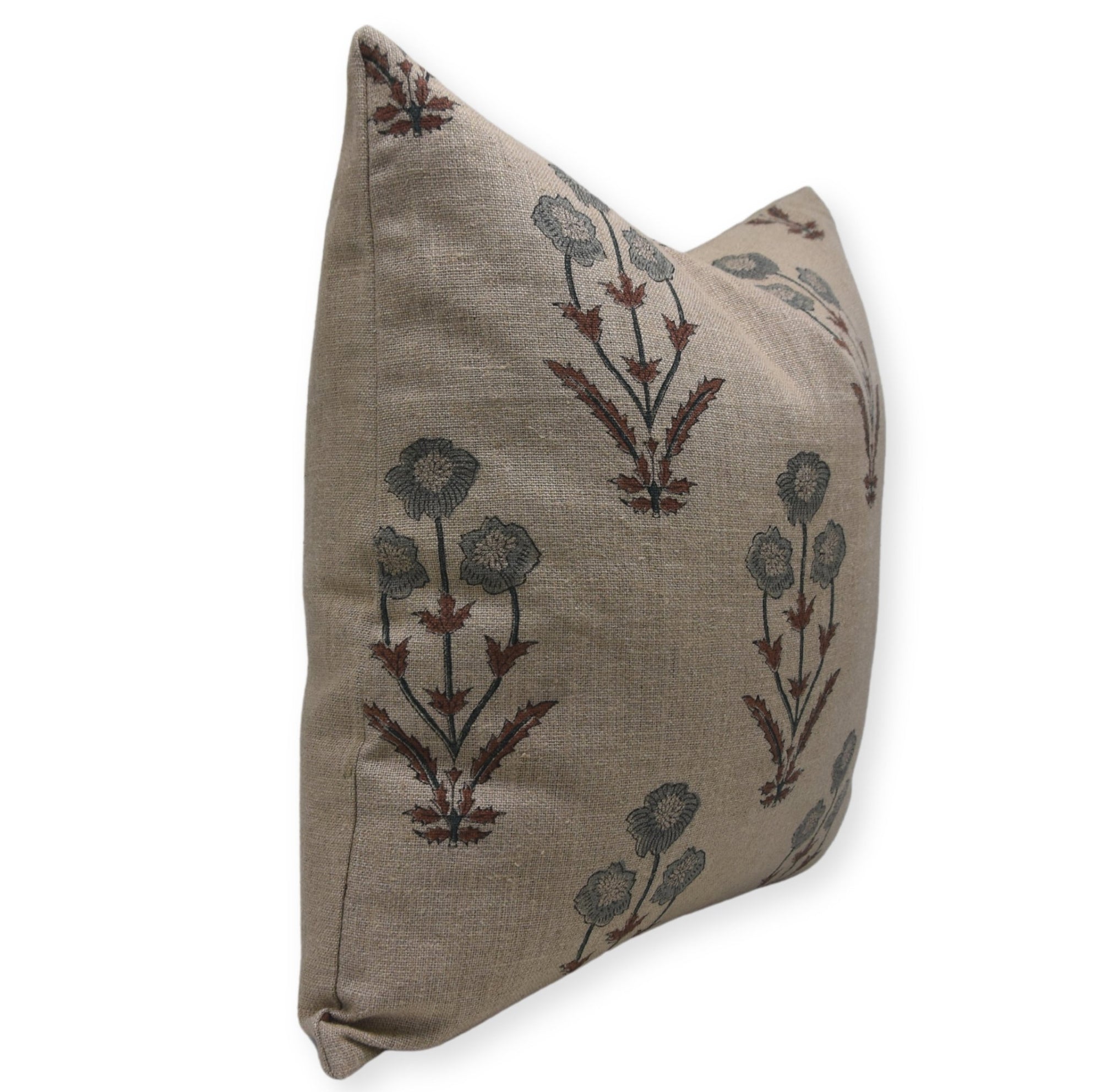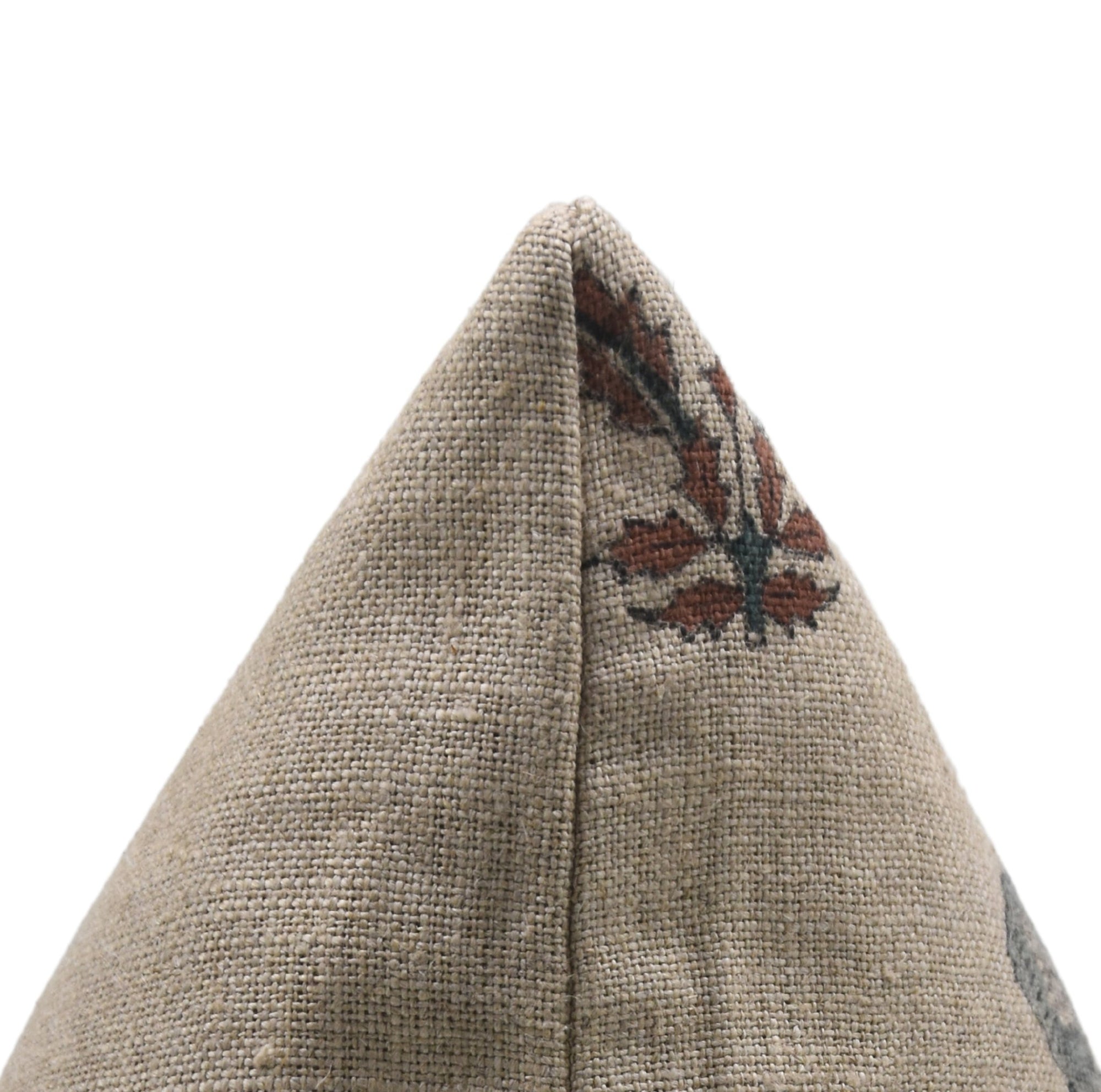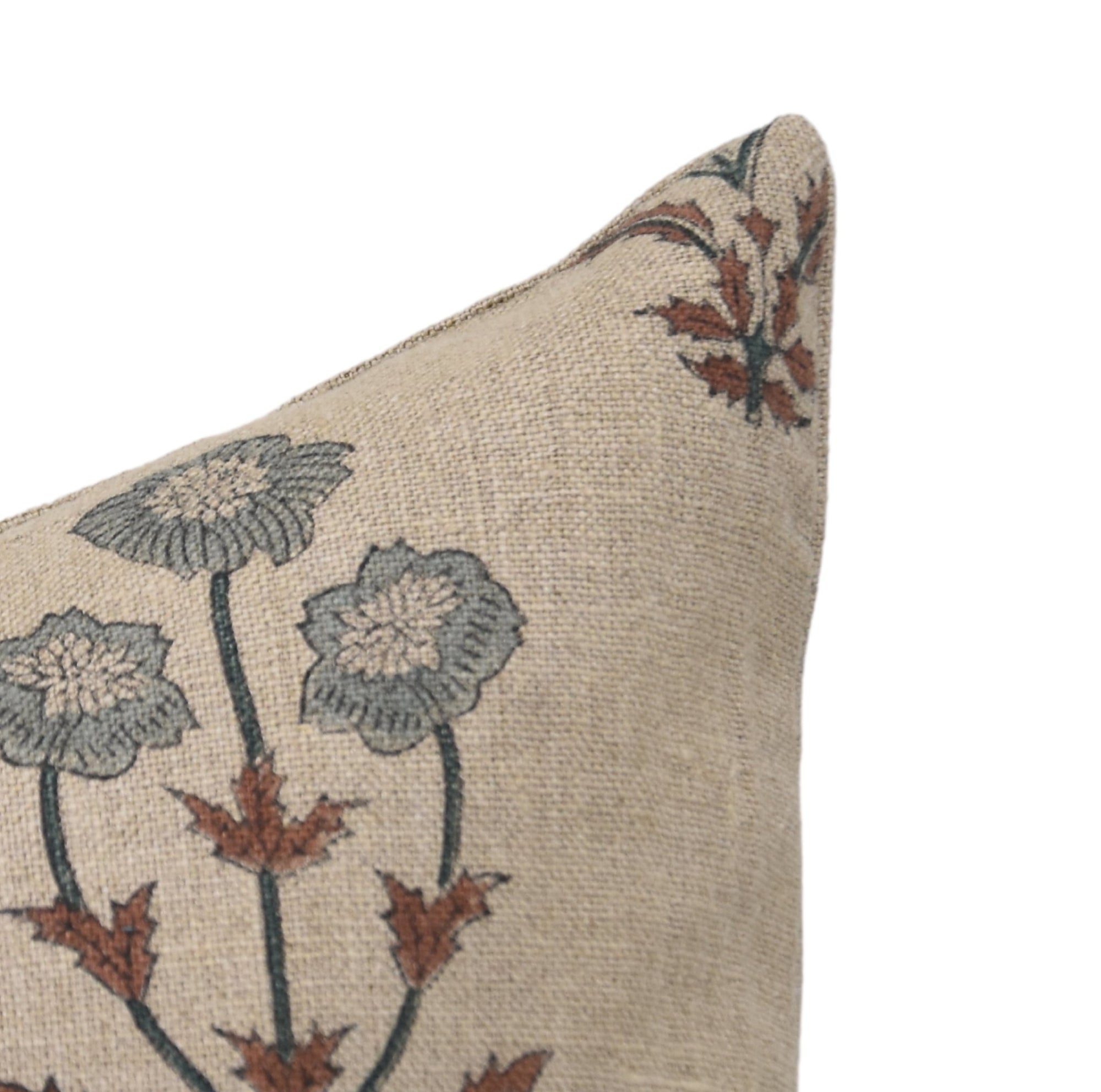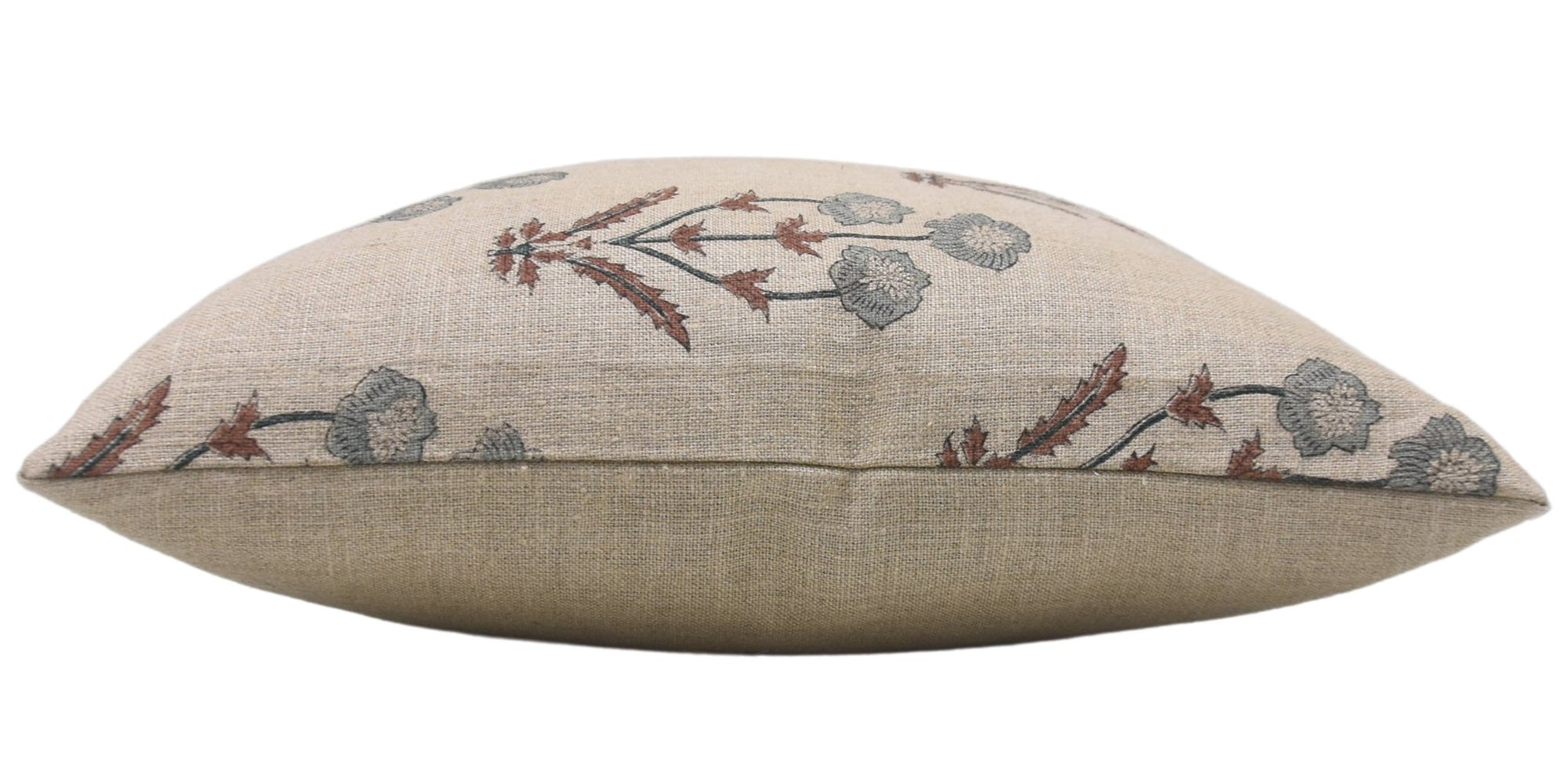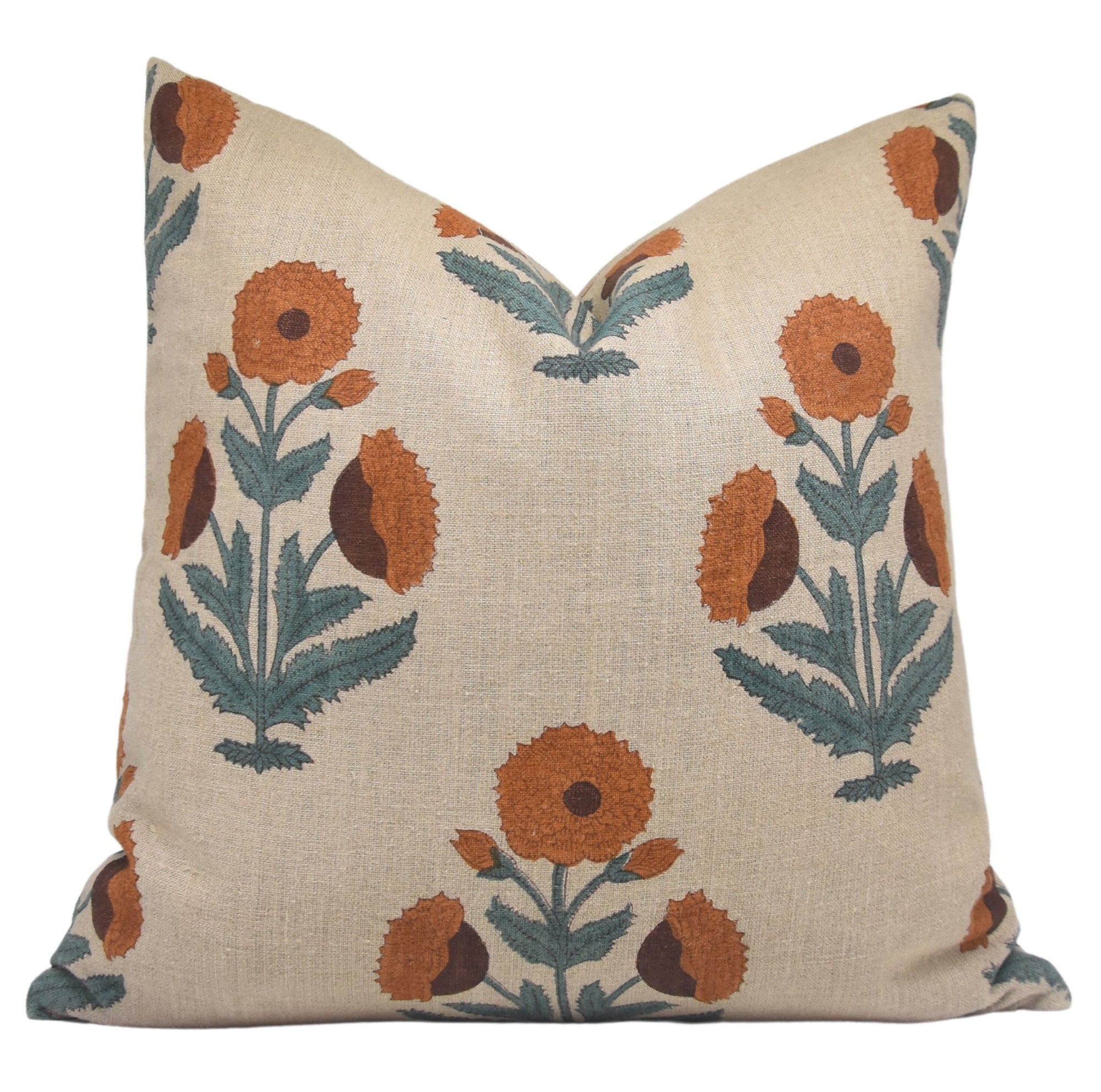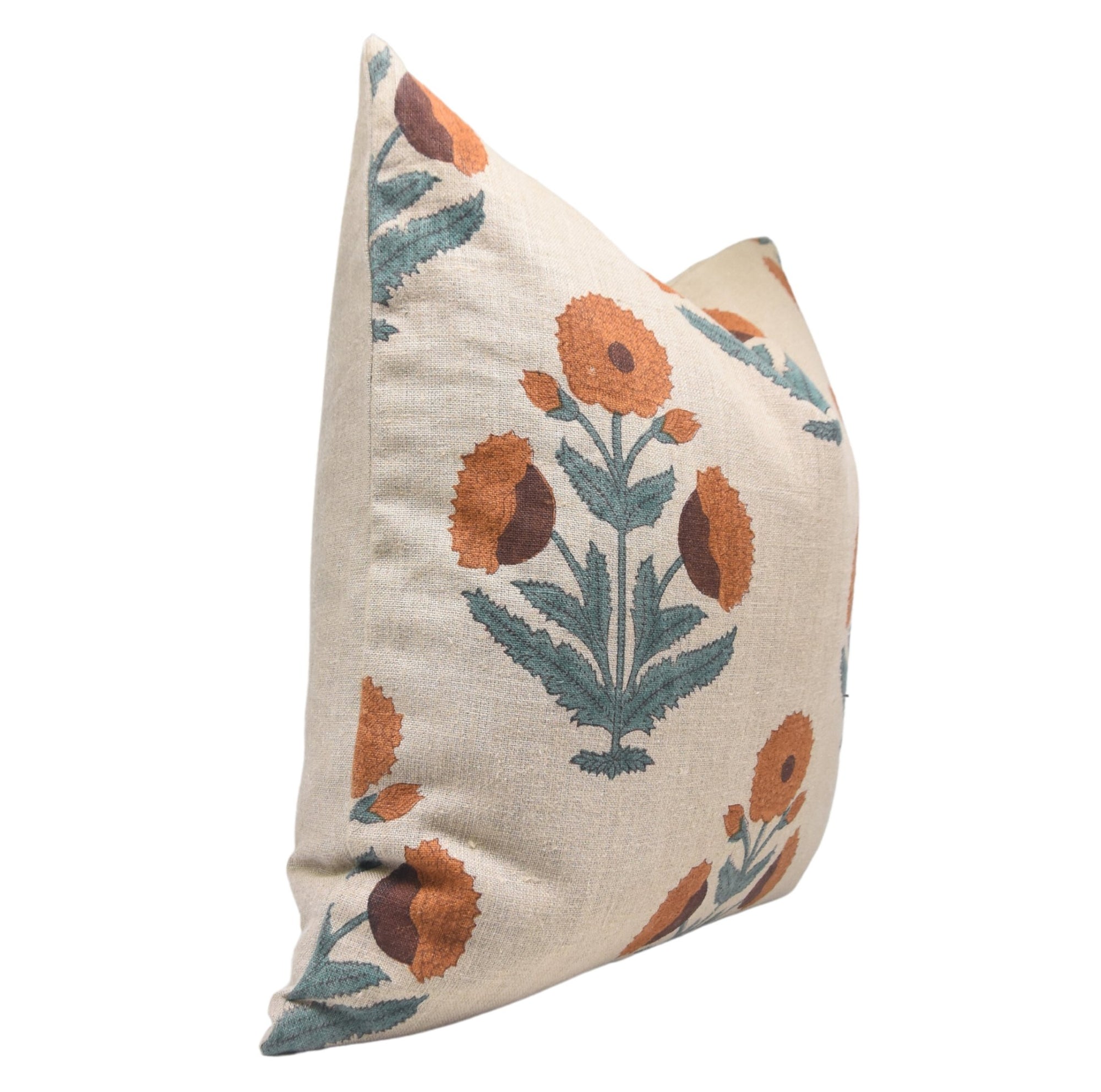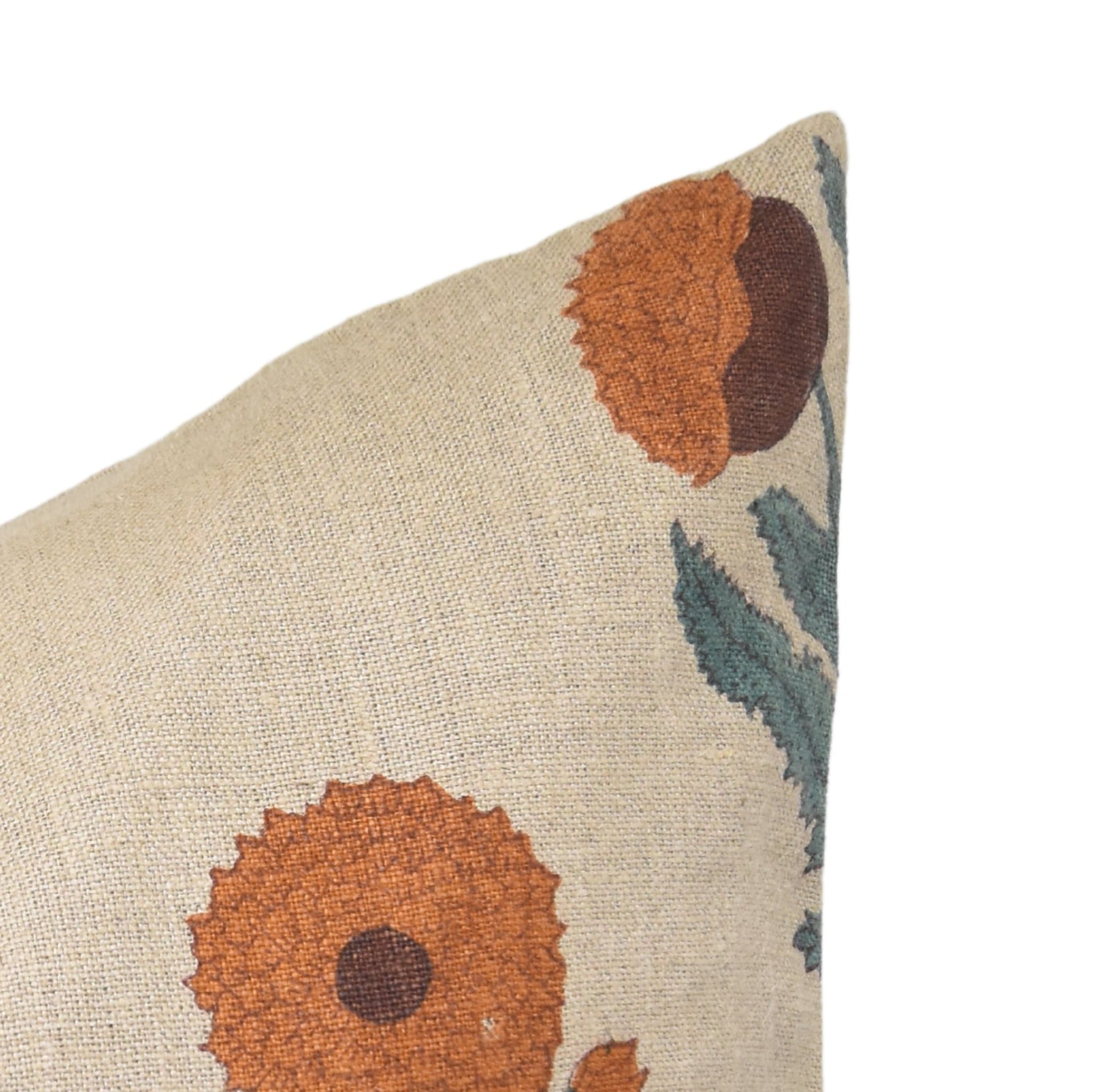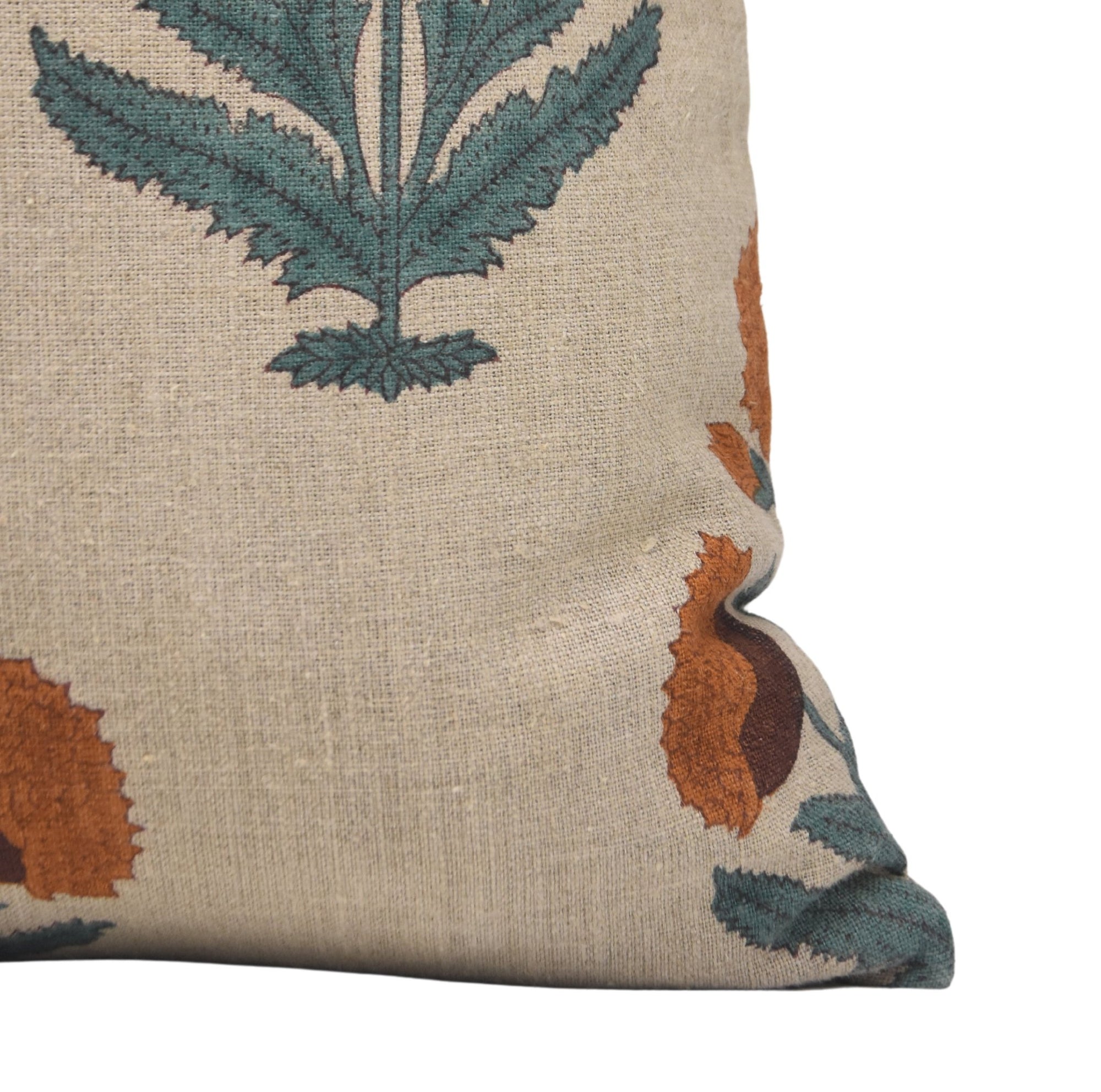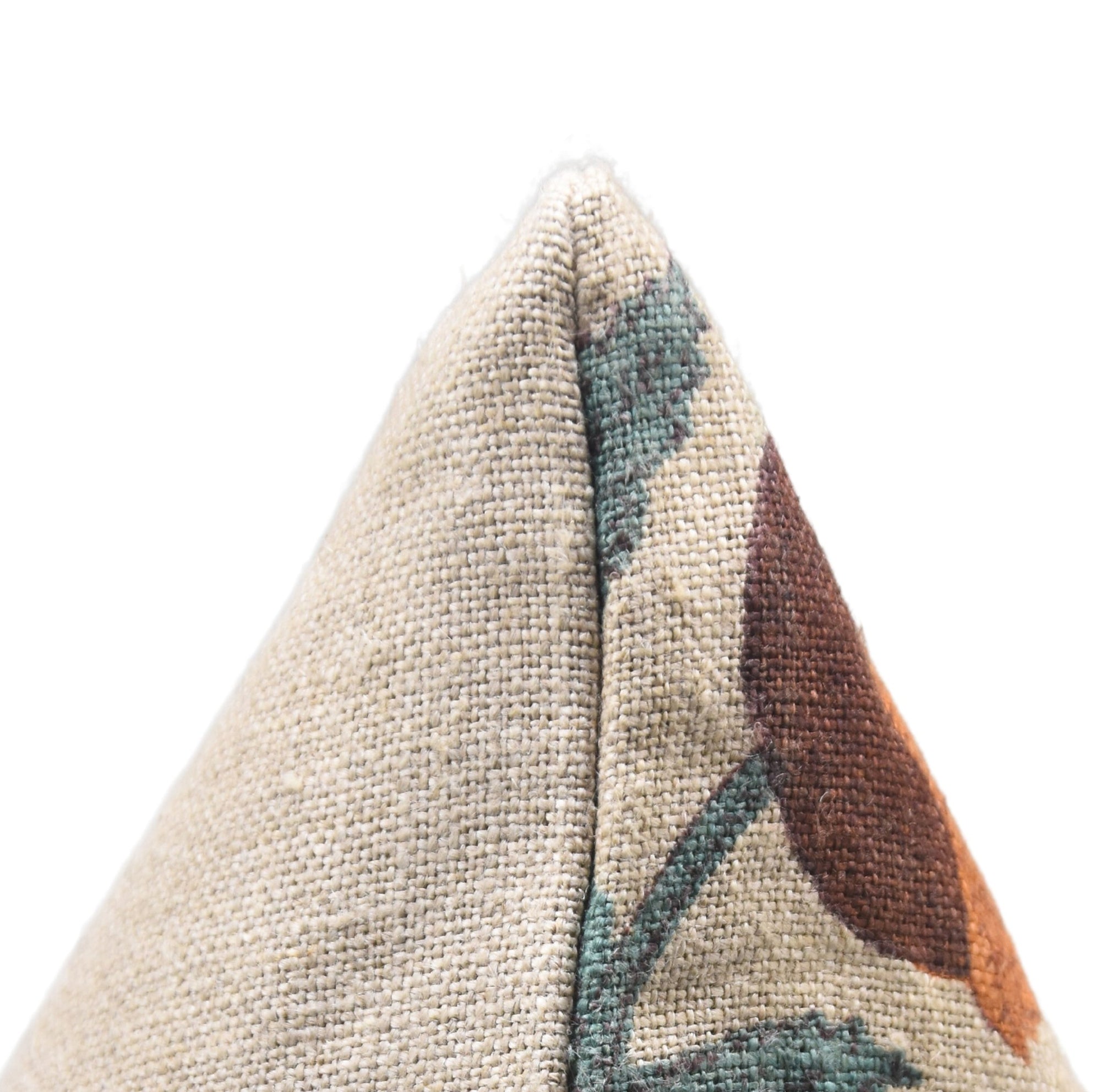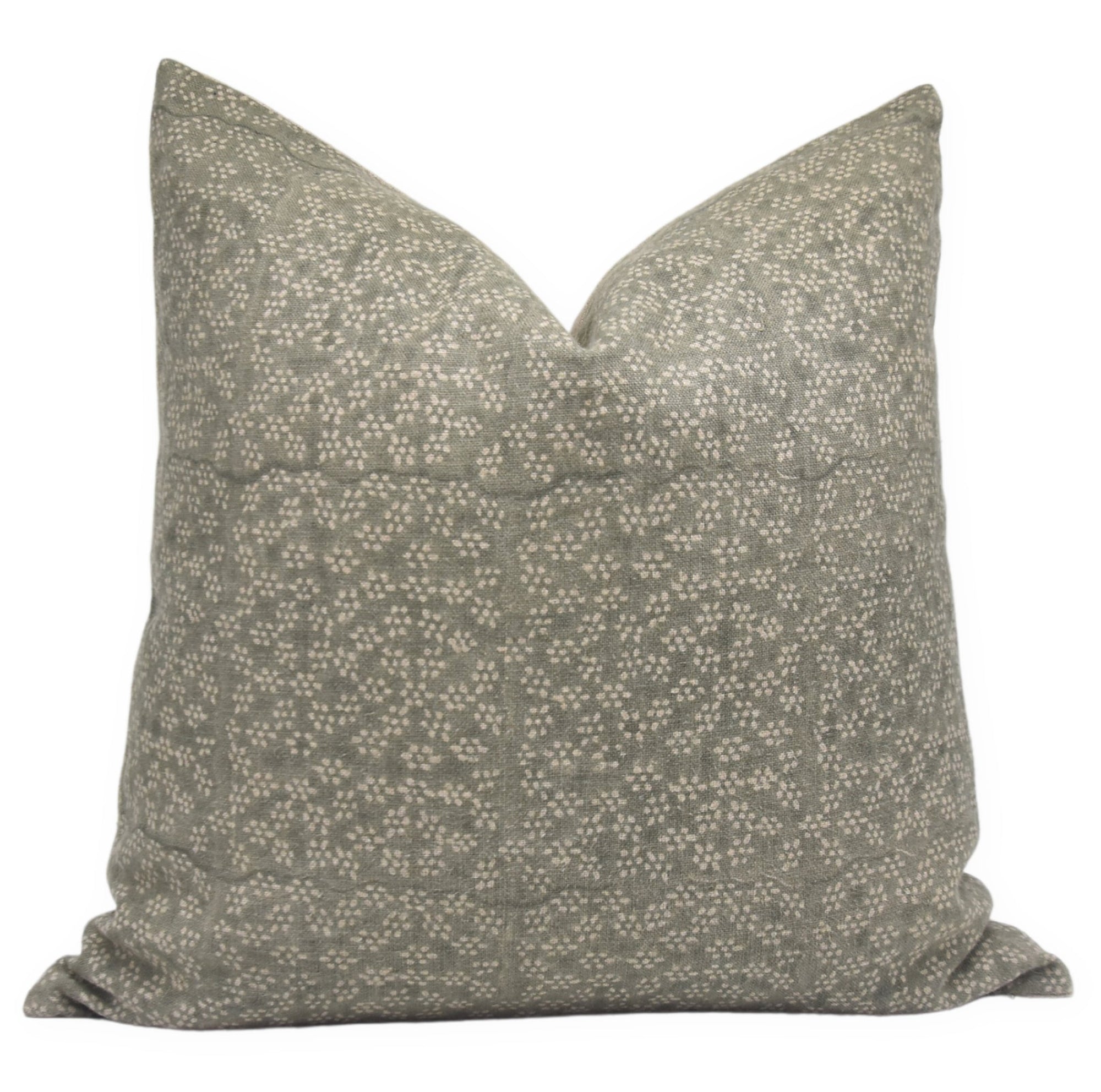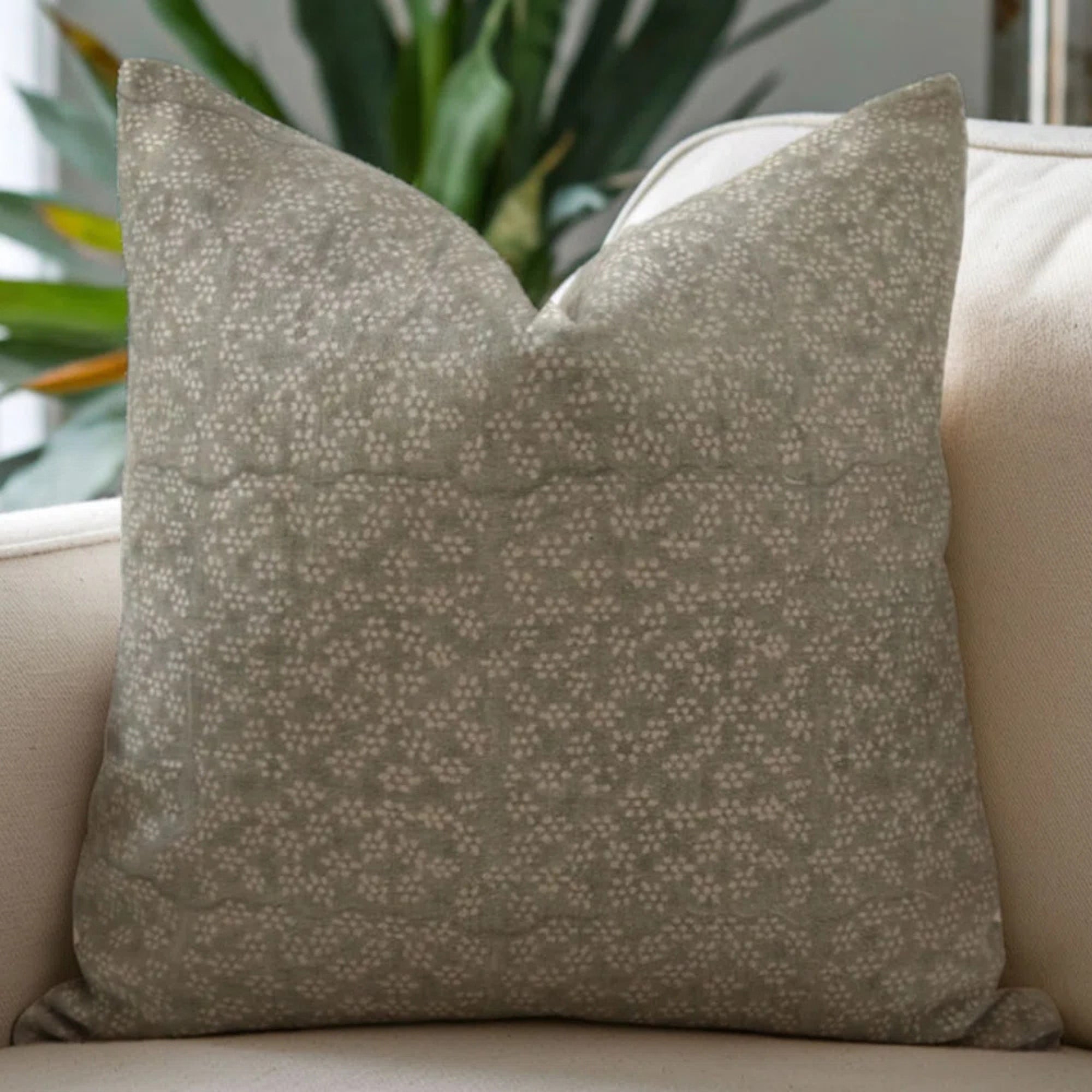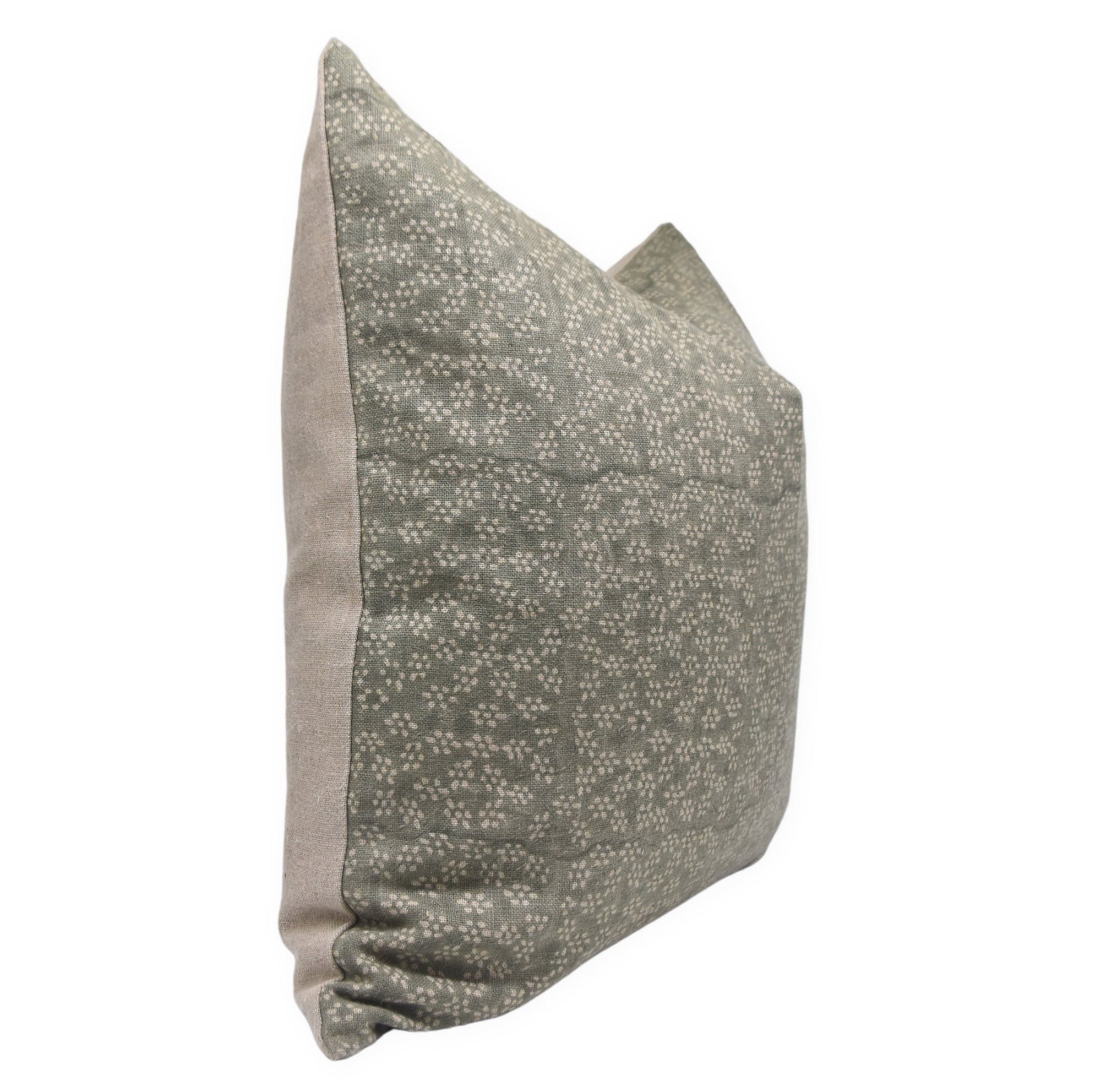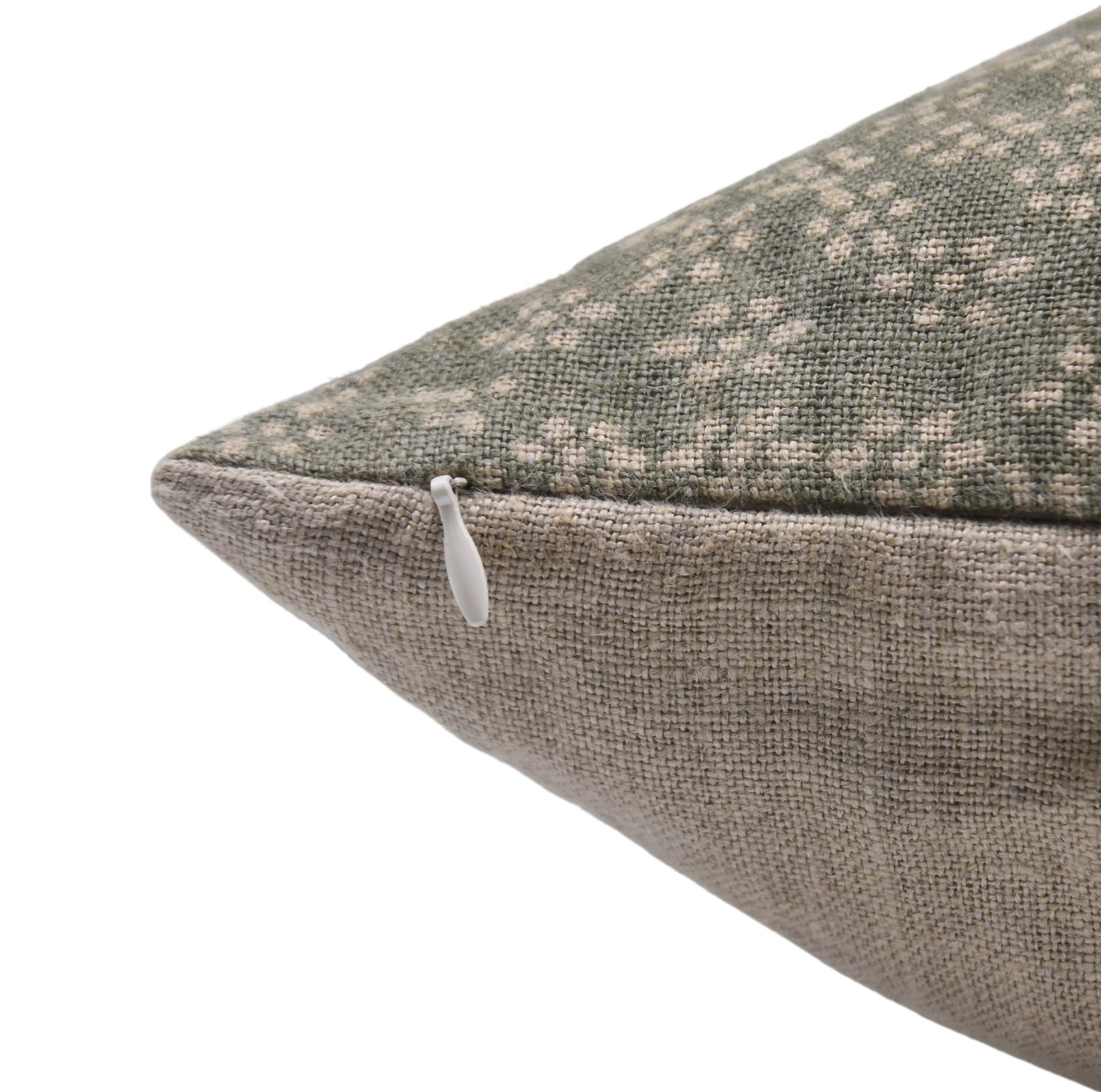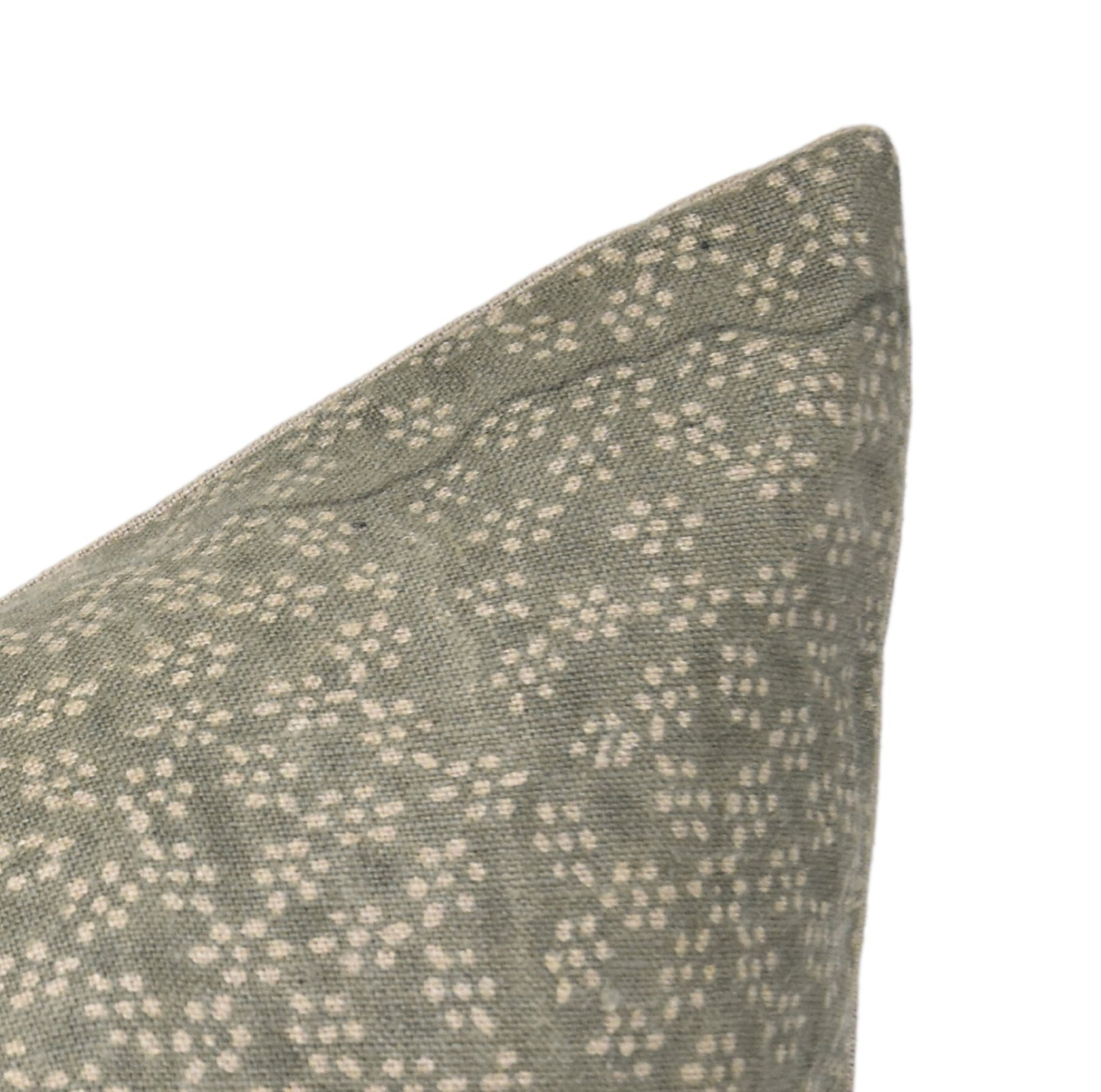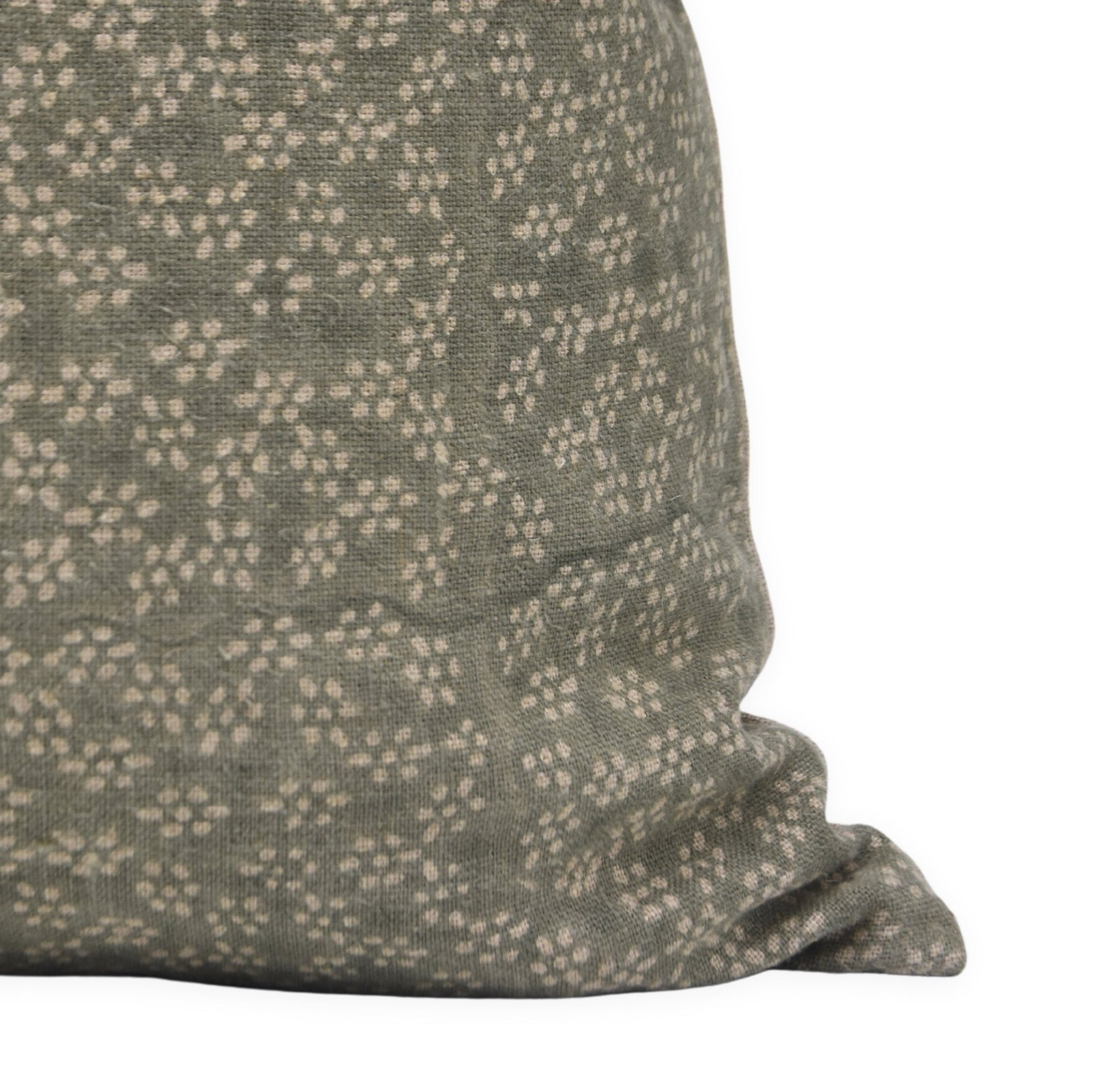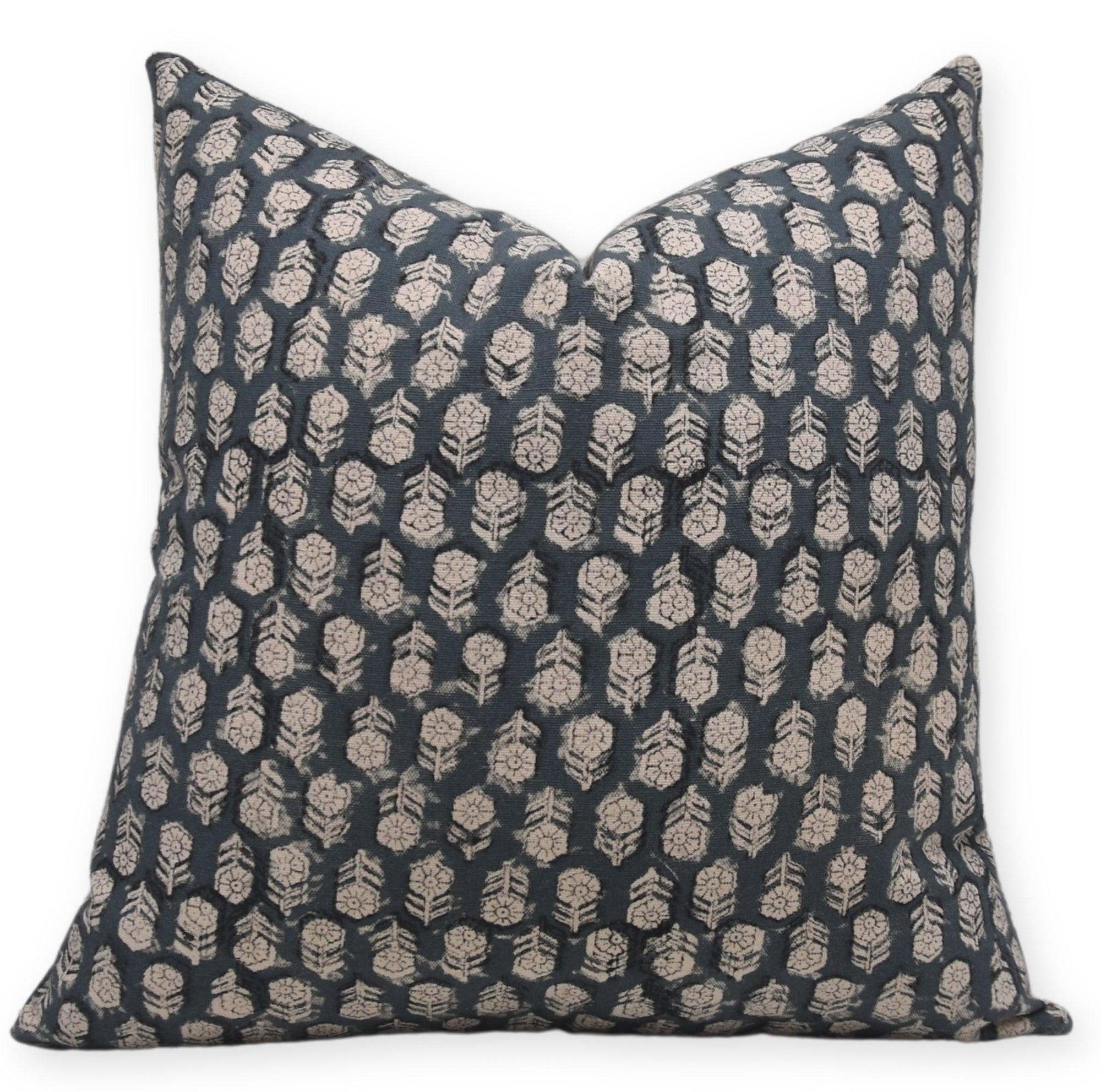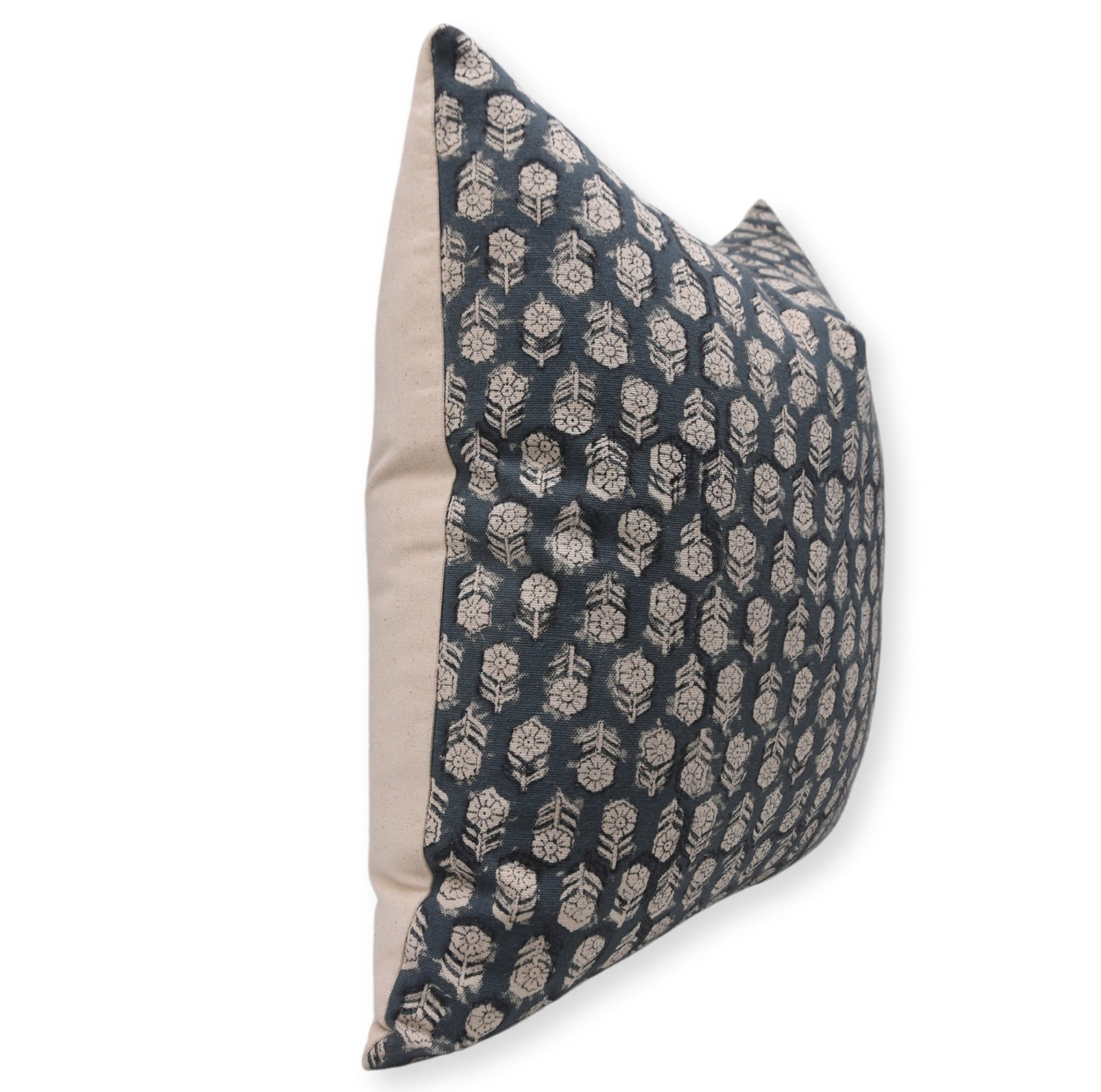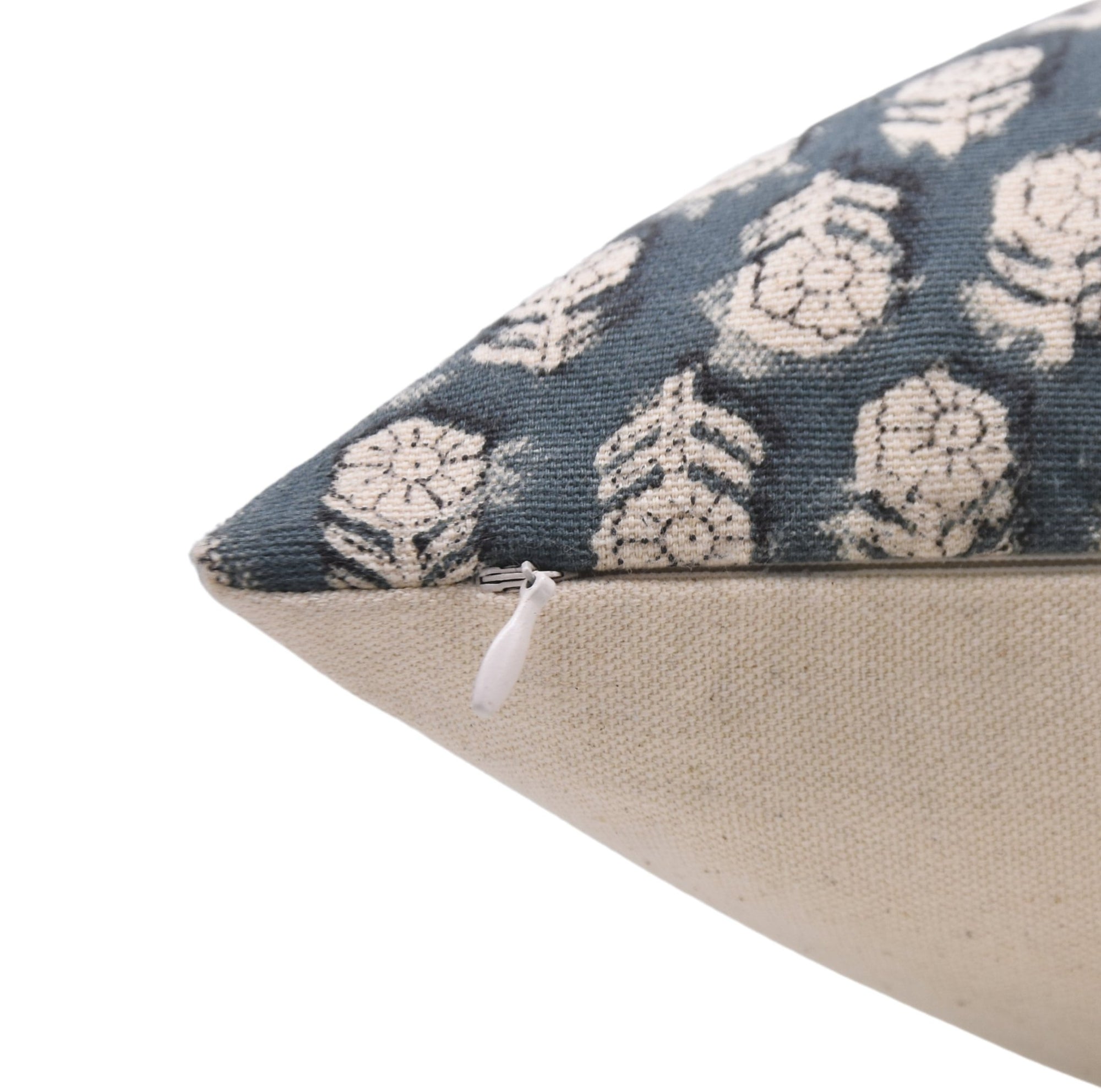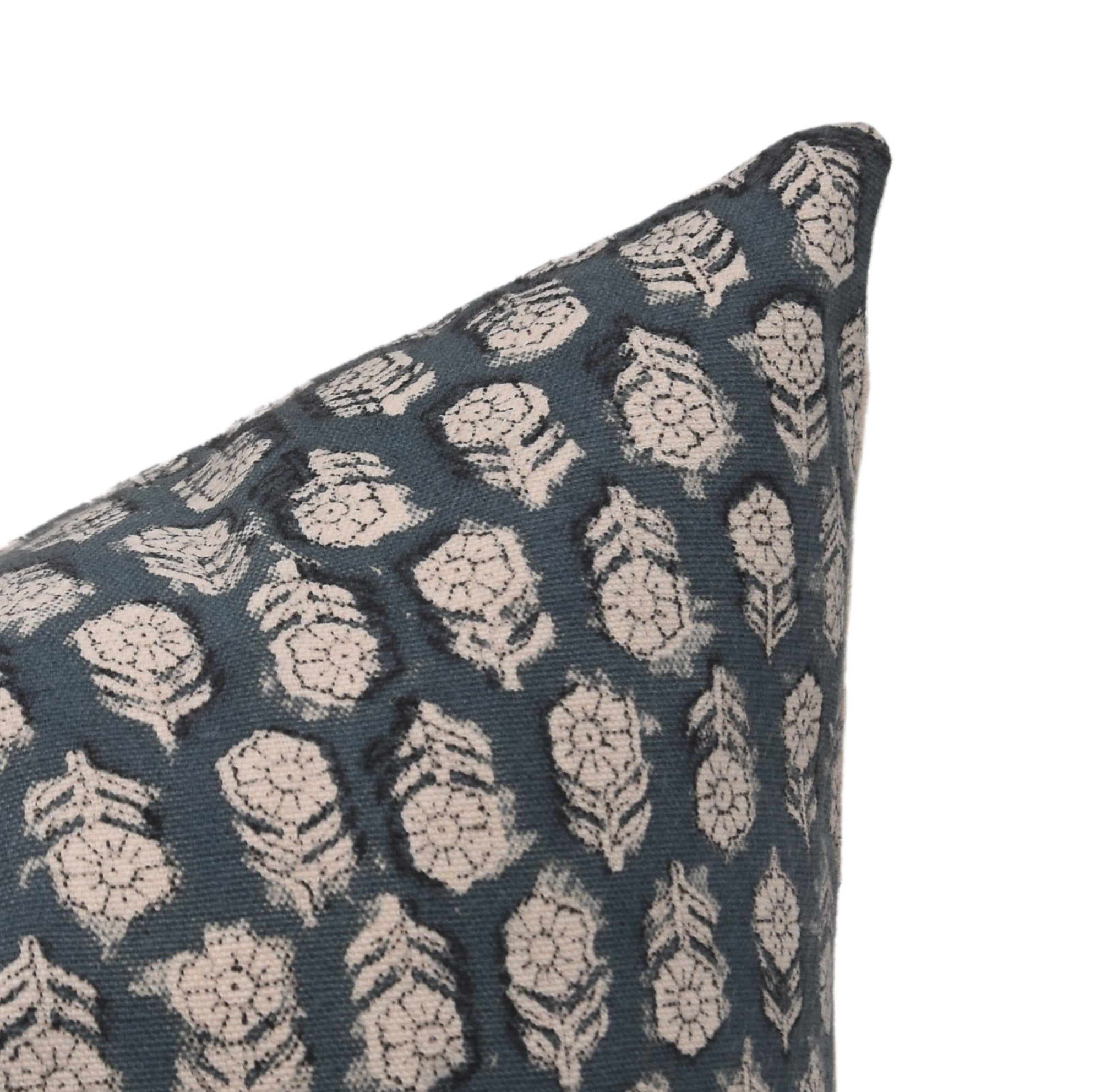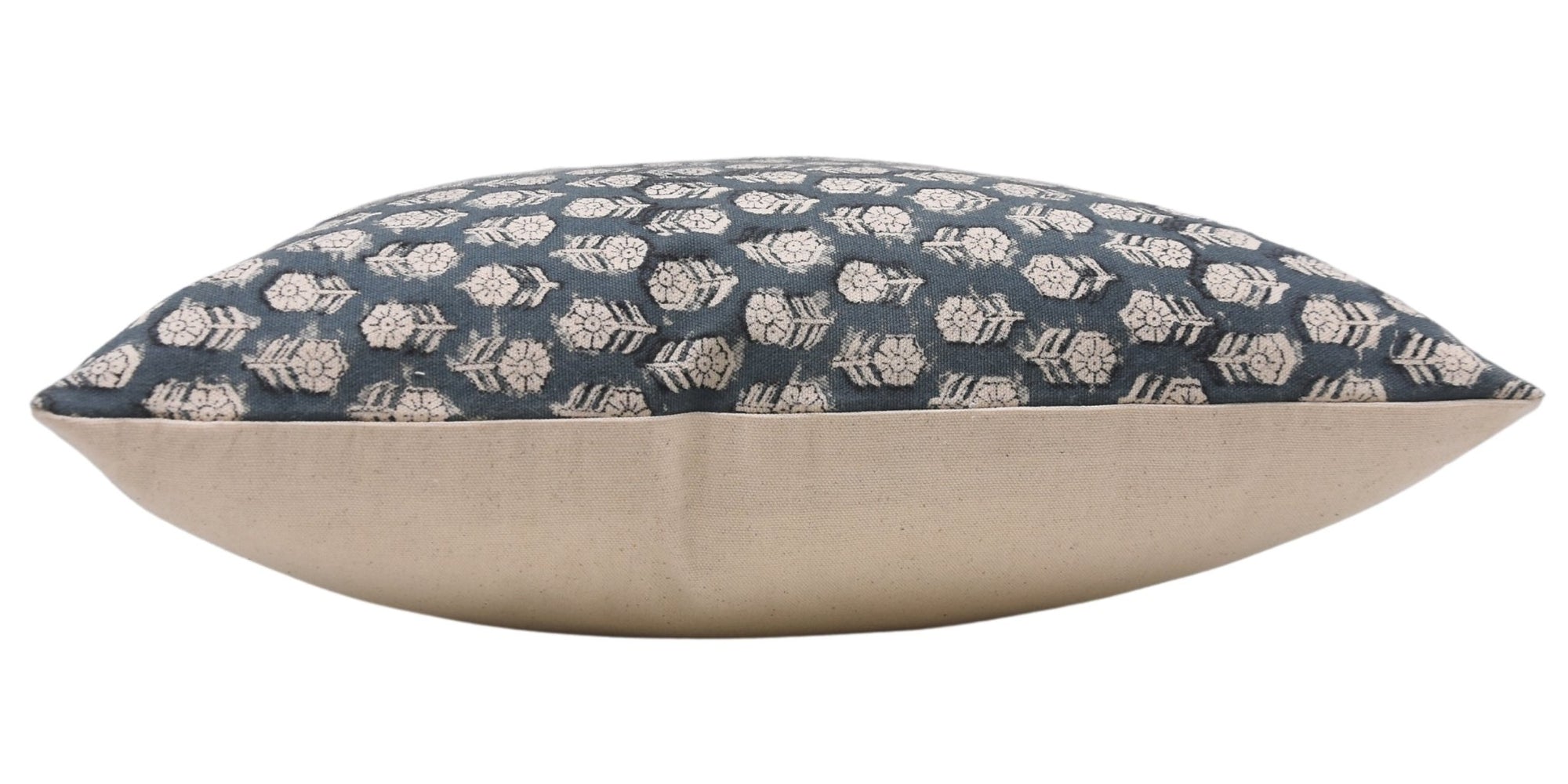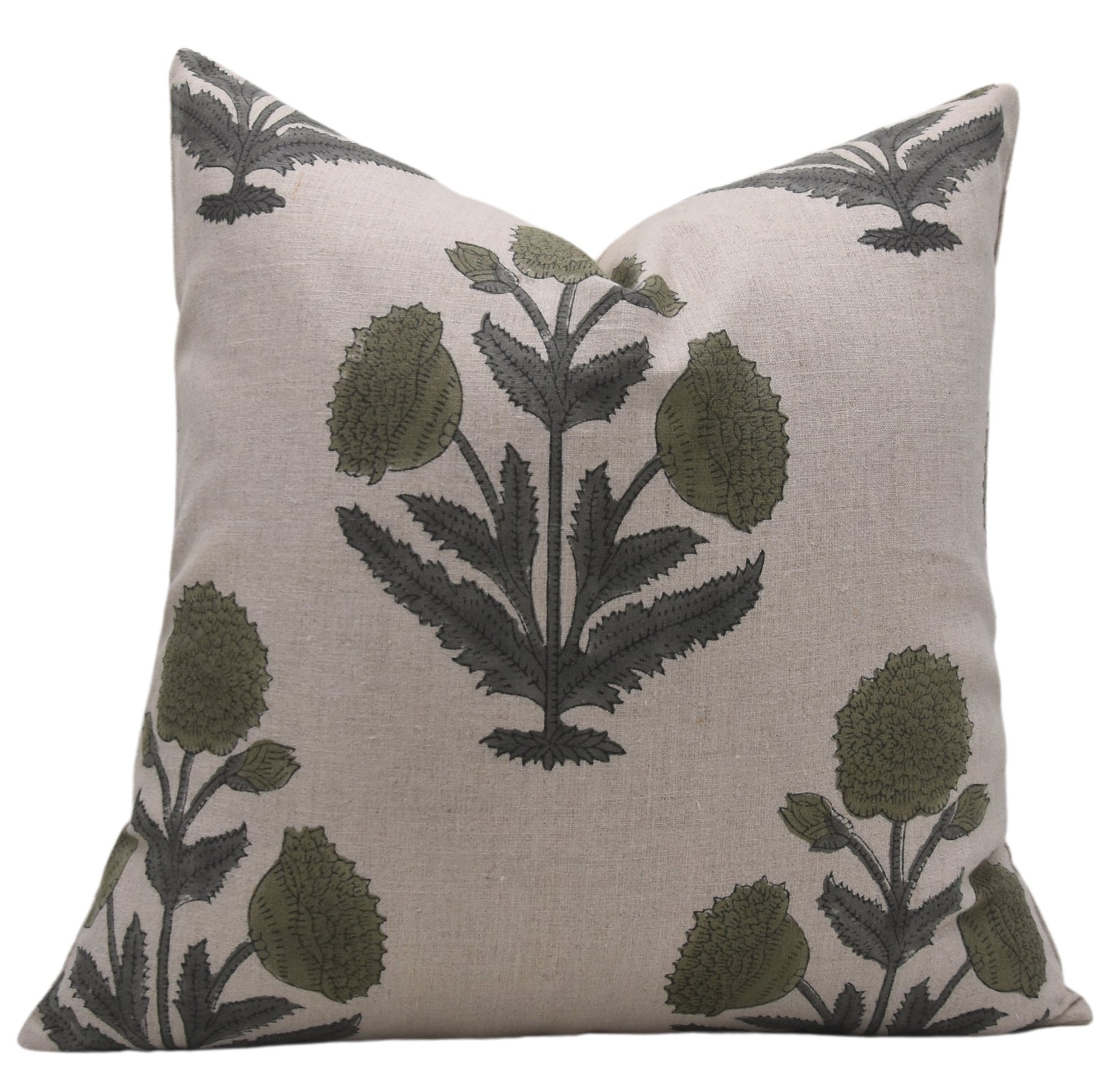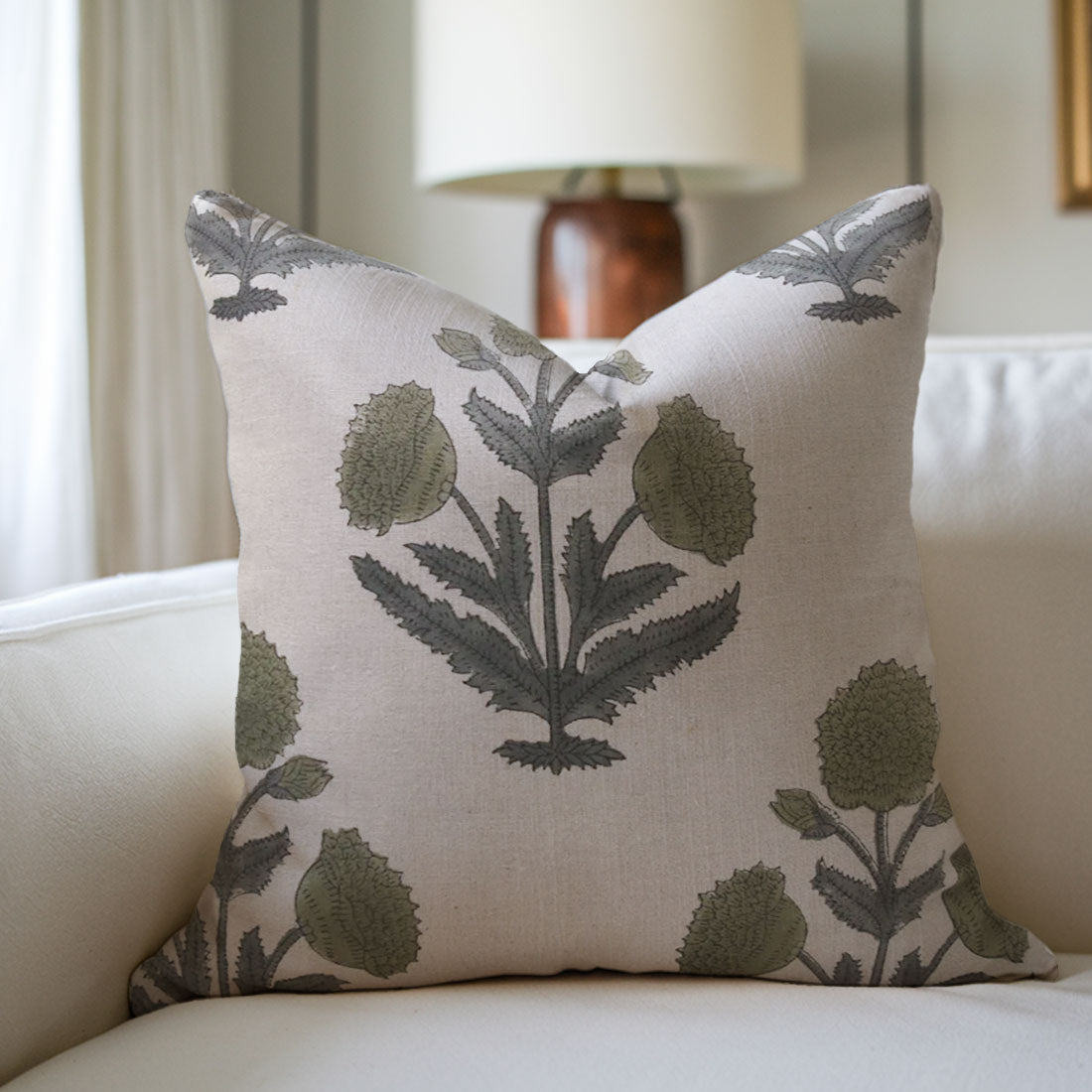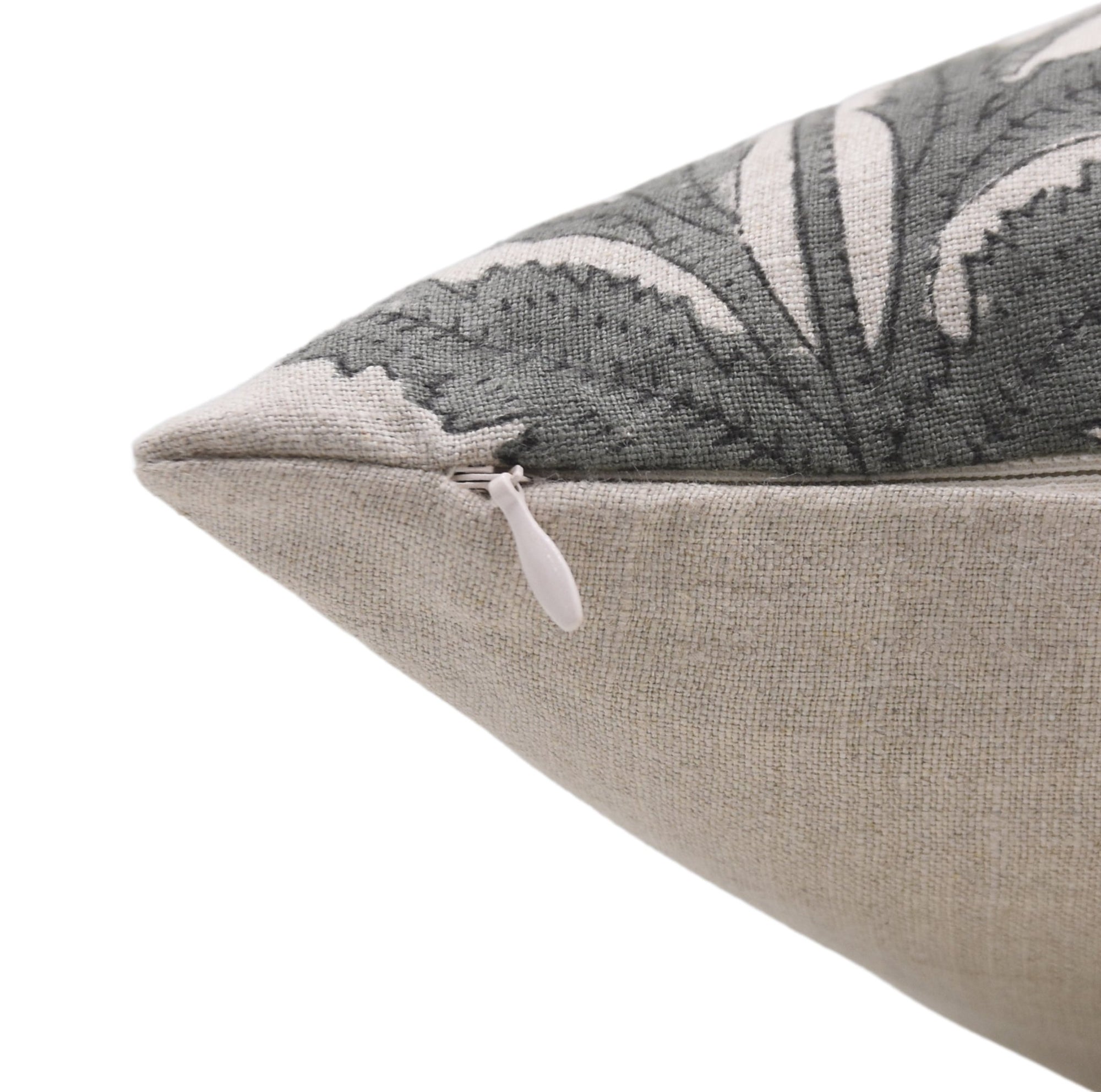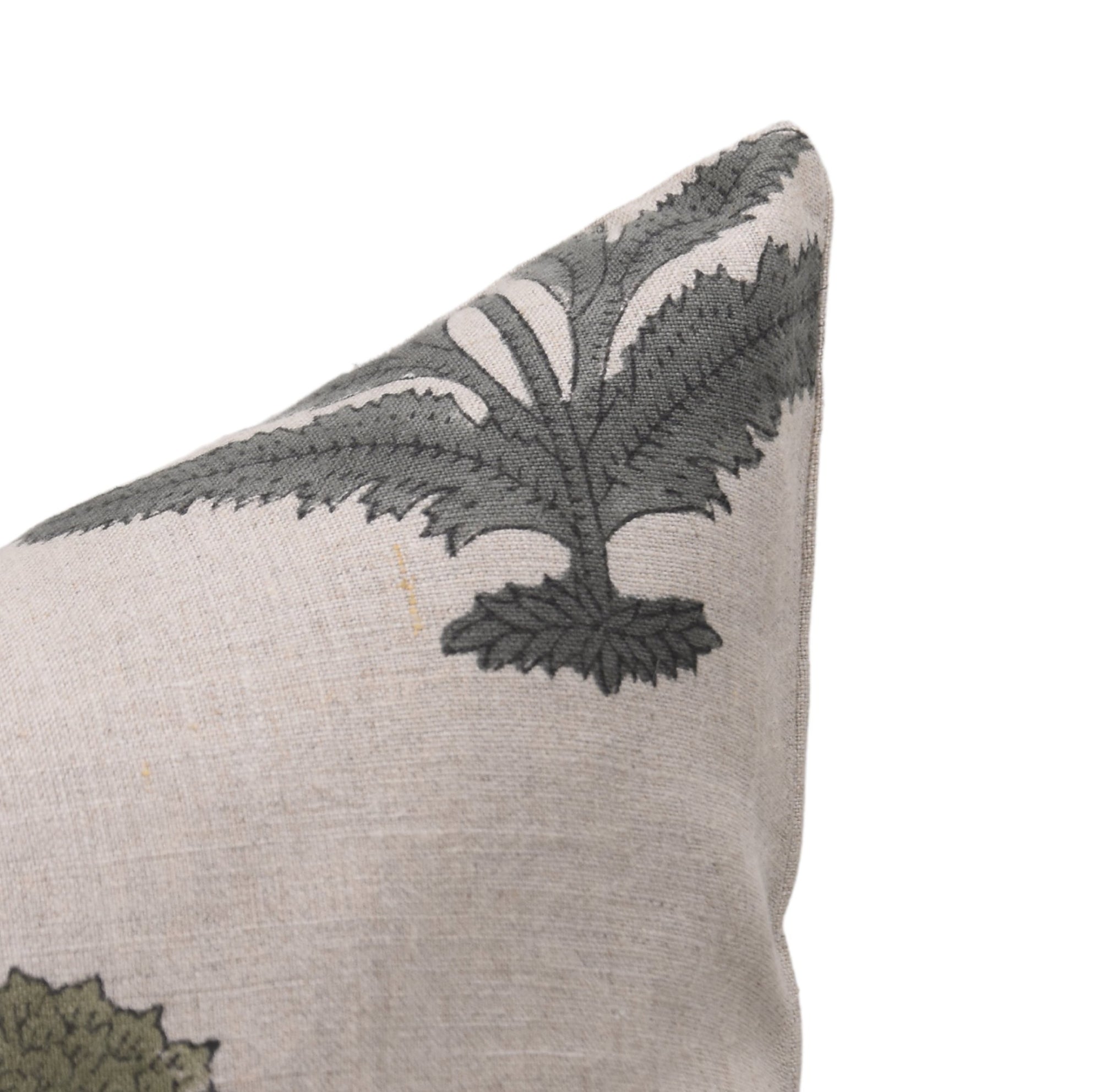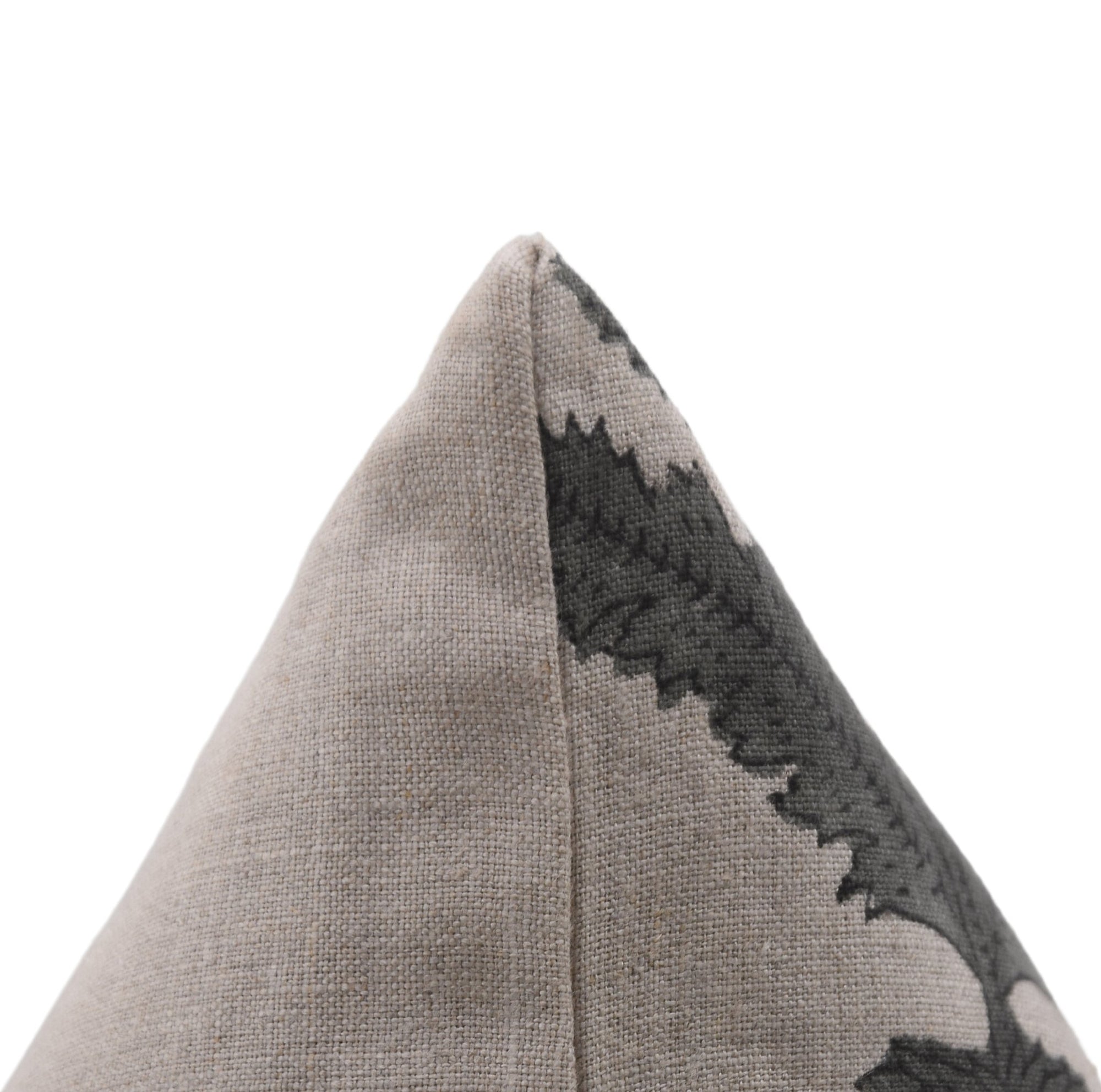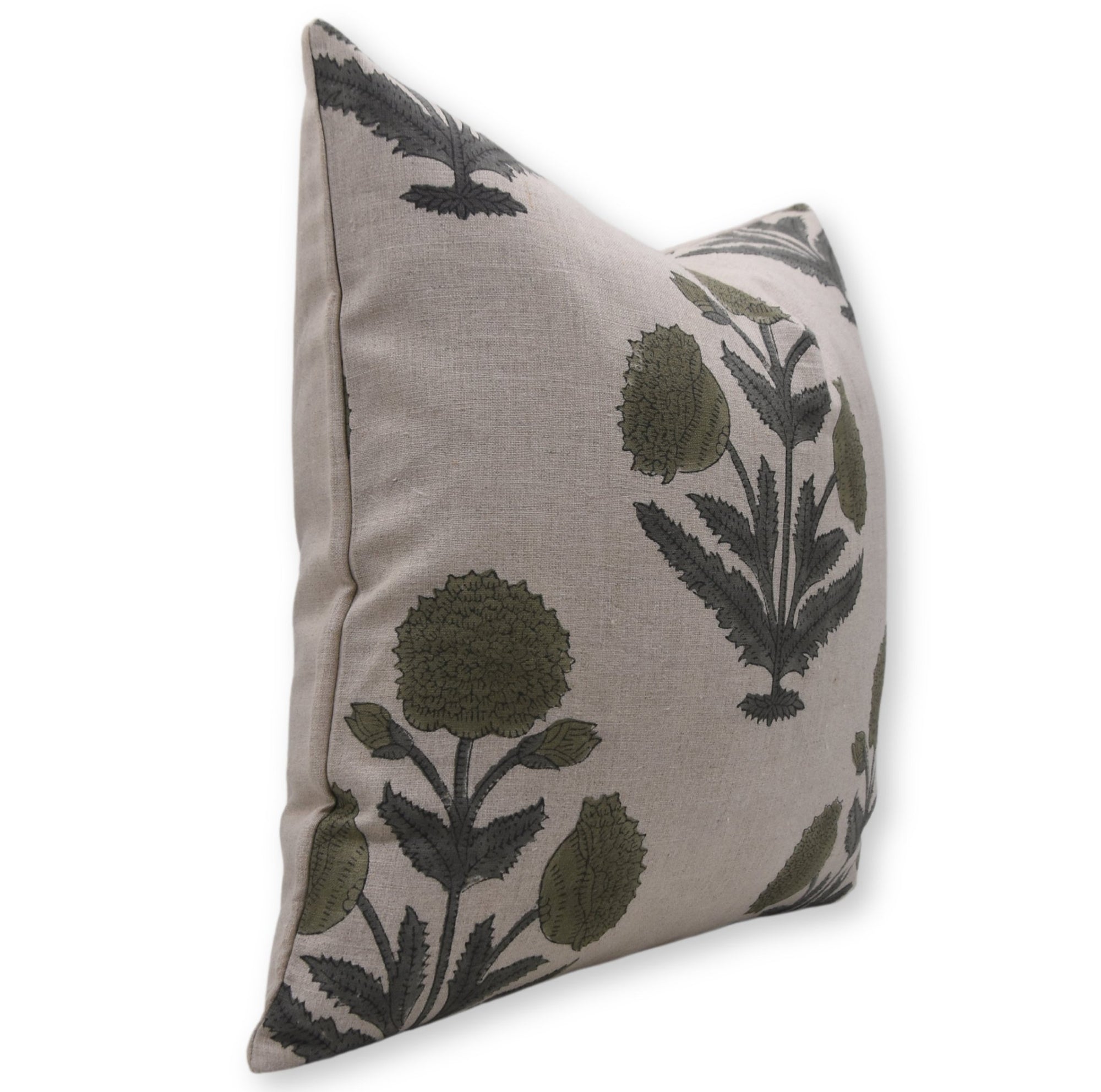Interior design is as much a science as it is an art; trends change, and people’s preferences change, but some choices have severe consequences that homeowners or influencers later regret. Avoiding these common mistakes would help in avoiding time wastage, cost increment, and frustration.
Here are 23 of the most cited interior design regrets shared by influencers and tastemakers:
1. Forgetting about practicality in the name of beauty
Some said they made choices that did not make any practical sense but looked good; they wished they had focused on function. For example, unproportionally thin-looking chairs or expensive marble kitchen countertops, which are difficult to clean.

2. Poor Lighting Choices
It is common to lack adequate or, on the other hand, to have too severe luminosity as a later complaint. Lifestyle gurus especially underscore the need to incorporate both task, ambient, and accent lighting in equal combination.
3. Not having a strong color scheme is another problem they are facing
Applying contrasting colors or colors that are too popular may make the space more chaotic. Some of the respondents wished they had coordinated to ensure they kept the colors consistent to provide a unified look on the design.
4. Overlooking Storage Needs
Failure to estimate the need for storage can create congested areas. What do not receive as much attention are built-ins, multi-functional furniture, and creativity in organizing certain areas.
5. Choosing Cheap Materials
Although it is possible to find affordable furniture, people regret having made this decision and more so when they compromise on quality to get low-priced furniture, especially for items that are frequently used, such as sofas, rugs, and flooring.

6. Ignoring Scale and Proportion
Amateurs often make the mistake of either placing large pieces of furniture or, on the other end, investing in small items that make the area appear bare.
7. Skimping on Window Treatments
There is nothing worse than having a poorly selected or no window treatment at all, as it will give the room an unfinished look. A lot of people wish they had spent more time getting good curtains or blinds that would suit the room.
8. Trends Blindly
This is because people who are hungry for new things end up regretting when fashion hits the dumping bin. Opinion leaders recommend adding trends selectively rather than getting into them fully.
9. Neglecting Entryways
The entryway is the initial point of the house, and people seldom pay much attention to it. Some count themselves lucky they did not invest heavily in décor and furniture in the entryway.

10. Overdecorating
Lively spaces filled with too many accessories or ornaments may prove very cluttering. To keep things nice and neat, followers are advised to go minimal and only own the best.
11. Forgetting About Acoustics
I'm hard surfaces, such as wooden or tiled floors, make them very noisy instead of well-lit and comfortable acoustic environments. Hanging a rug, curtains, or acoustic panels seems to be an afterthought that people deeply regret.
12. DIY Disasters
As much as ‘do it yourself’ cuts costs, tastemakers wished they had hired professionals for specialized tasks such as plumbing, electrical connections, or even change of structure.
13. Misplacing Rugs
One of the common faults is an improper choice of rug sizes. Rugs should not be too small for a room or centered in such a way that they do not fit under the furniture because they hinder the continuity of the design.
14. Avoiding Bold Choices
At the same time, others feel they erred on the side of caution too much. Improper concern for personality in the form of a staking pattern or color, or even individual pieces, means that the room ends up looking bland.

15. Not Testing Paint Colours
Selecting a color and painting a wall in that shade rarely yields a satisfactory result. Color specialists show concerns about the colors when tested within the room under various forms of light.
16. Overlooking Electrical Outlets
It also can have outlets, but they are deficient in number or located in improper places that narrow functionality. This is even more realistic in the kitchen, office, and living room, where devices require constant charging.
17. Forgetting Greenery
Landscapes only take a minute to make space; many people wish they had installed plants for the aesthetic and purifying values they bring.
18. Overcommitting to Open Floor Plans
The Pros Discuss Some of the Issues with This Kind of Layout, Especially the Mistakes that came with Overcommitting to Open Floor Plans.
As much as some like open floor designs, most undergo a lot of noise interference and are even difficult to plan. The only thing most of them seem to have a pinch of regret is that they did not ensure the spaces were segregated to enable different activities.

19. Underestimating Art and Décor
Empty spaces left on a wall usually appear incomplete. Most of them wish they had invested in good paint jobs or better pieces of art to hang or utilize in an attempt to divide a room and make it warmer.
20. Choosing White Everything
As for the white—it’s simple and timeless, but too much of it is as disheartening as a hospital’s sterile environment. People who influence popular trends tend to envy other designers for not laying further in texture and color to get that feel.
21. Ignoring Lifestyle Needs
Some even apologize for creating places that are unsuitable for how they plan to live. For example, the white color used for sofas might look perfect, but it will not be so appropriate to use in households with children or with pets.
22. Overlooking Outdoor Spaces
Balconies, patios, and backyards are usually an add-ons. Some wished they had addressed these areas as a part of the interiors of the homes and added proper furniture and accessories.
23. Rushing the Process
Last but not least, undue pressure to finish up a design always results in bad choices. Influencers claim that patience is needed because the best spaces are built over time.
It is, therefore, important not to repeat common mistakes to achieve a space that is both beautiful and functional and one that will not look old after some time.

FAQs
1. What does it mean to "un-design" a space?
"Un-design" refers to rethinking or undoing previous design choices that didn’t work out as planned, often due to changing trends, functionality issues, or personal preferences.
2. What are some common design mistakes experts regret?
Examples include overuse of trendy elements, lack of cohesive color schemes, poor lighting choices, oversized furniture, and ignoring functionality for aesthetics.
3. How can I avoid making design mistakes in my home?
Start with a clear plan, prioritize functionality, consider timeless styles, and seek professional advice or inspiration from reliable sources to avoid pitfalls.
4. Are trends always a bad idea in interior design?
Not necessarily. Incorporating trends in small, flexible ways, such as decor or accents, allows you to update your space easily without committing to major changes.
5. What is the biggest regret designers have when it comes to furniture?
Purchasing oversized or undersized furniture without measuring the space is a common regret, as it disrupts the room's balance and functionality.




